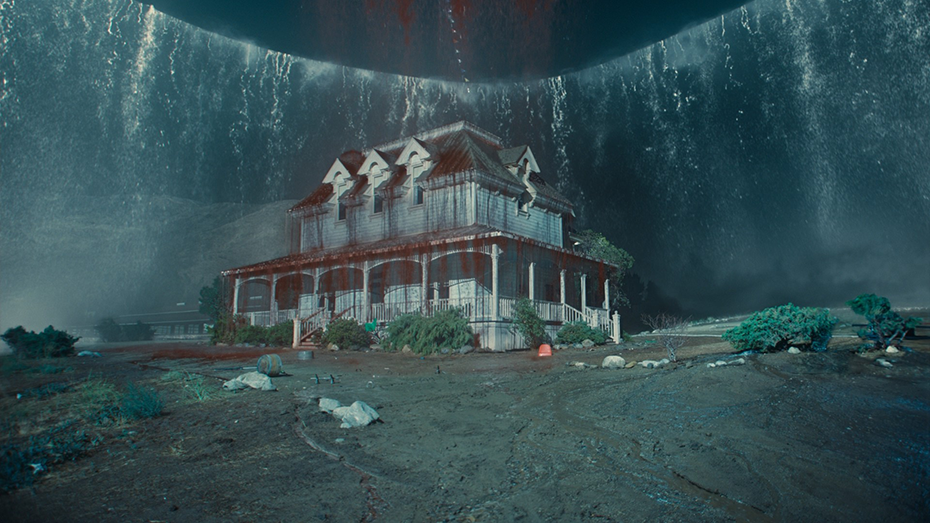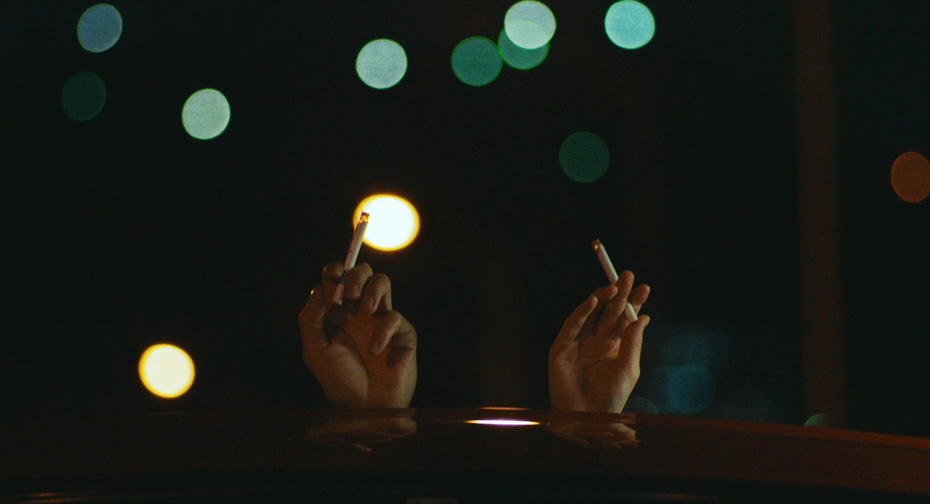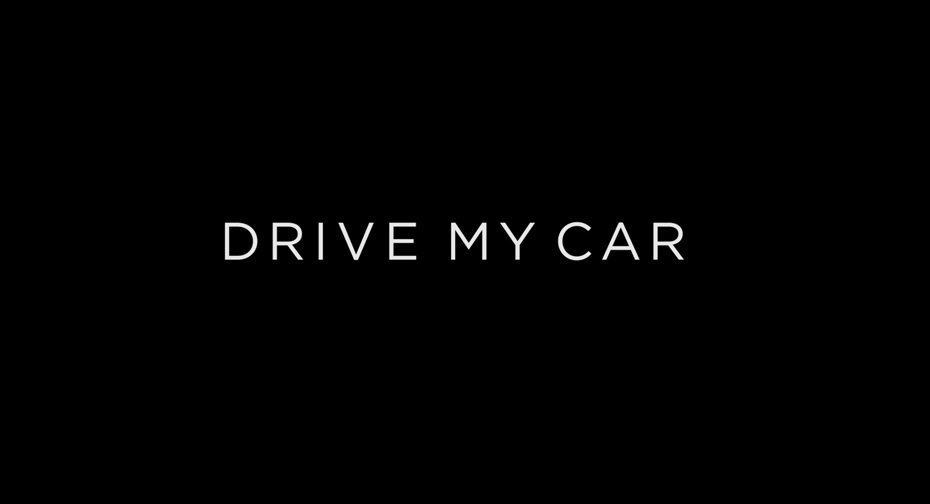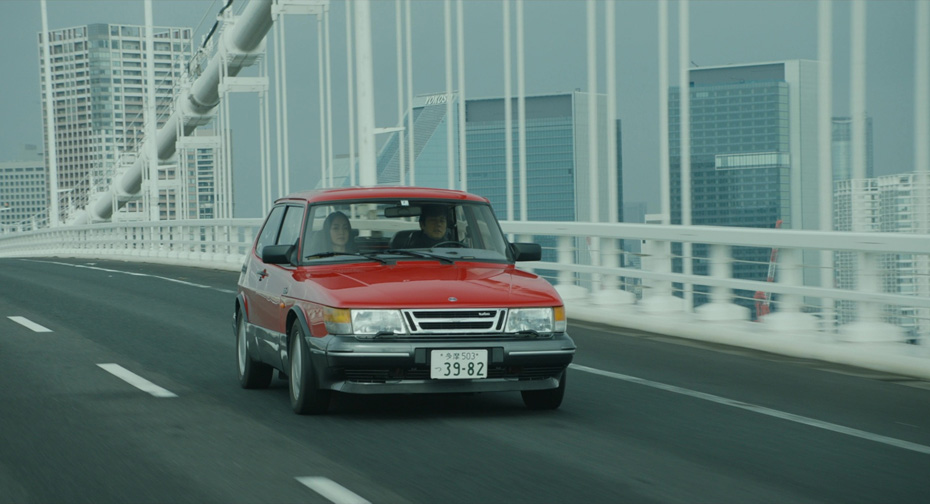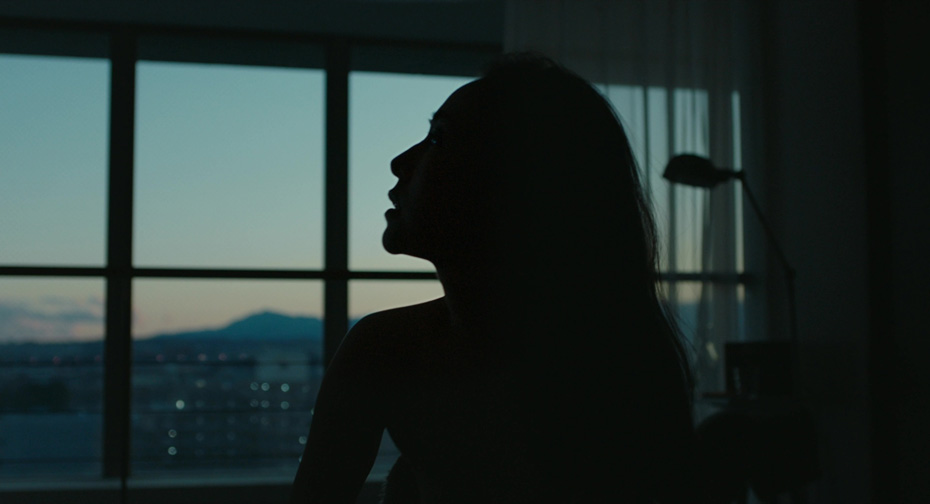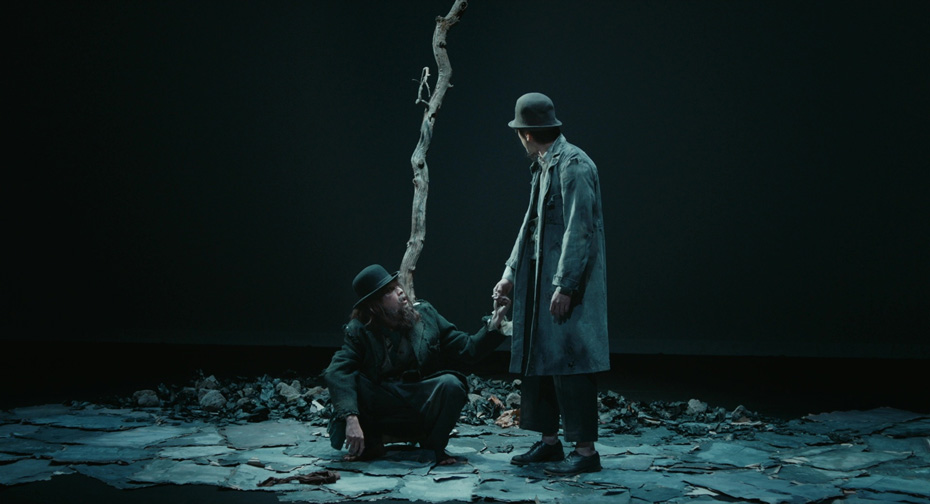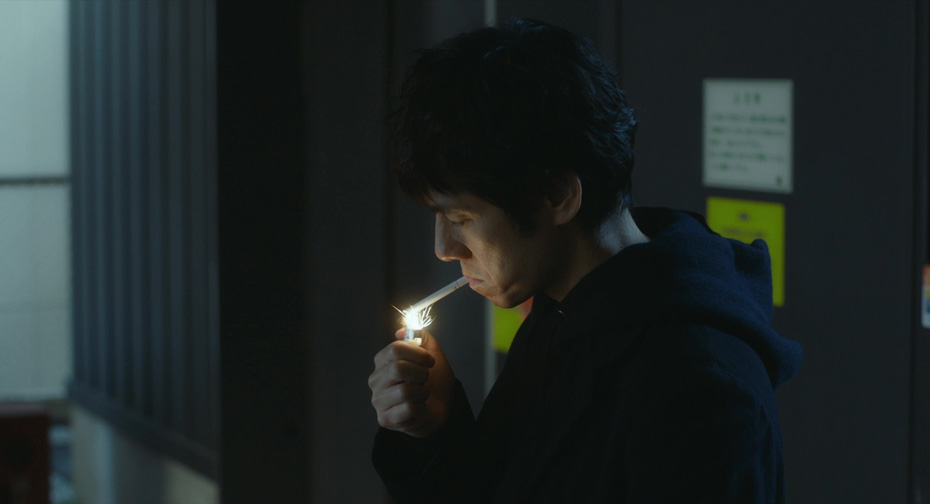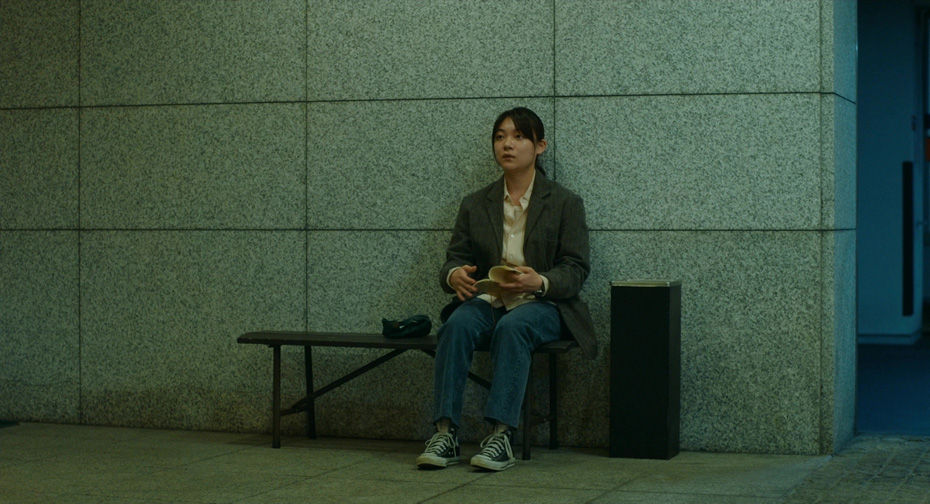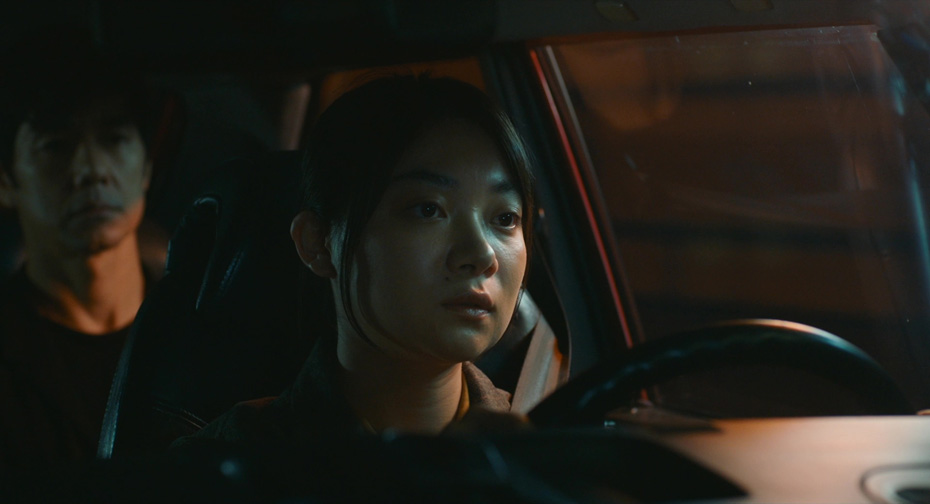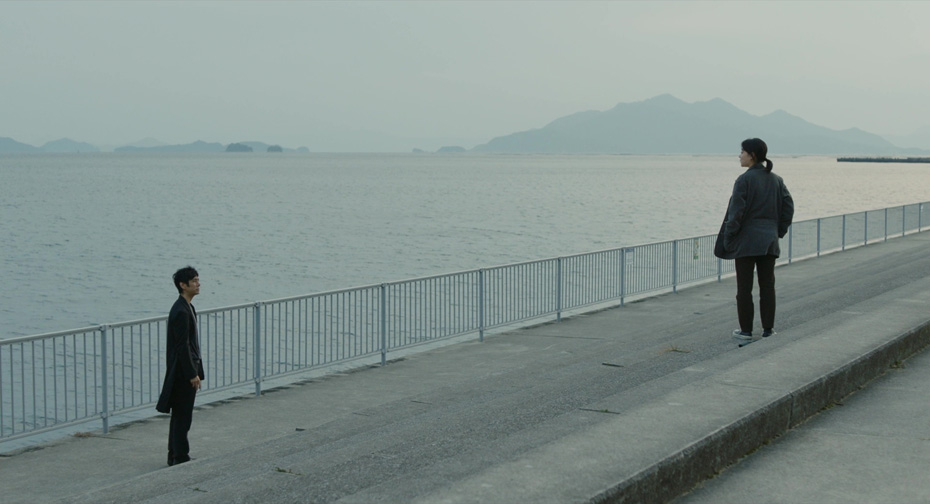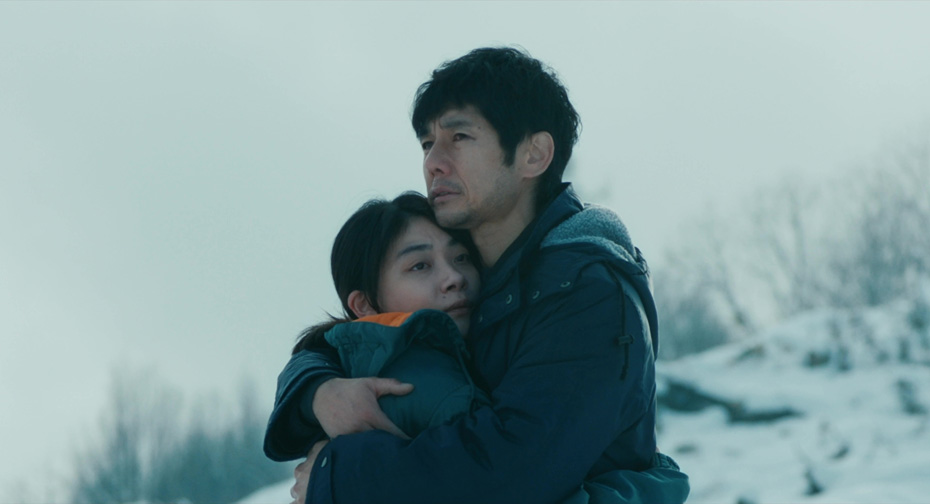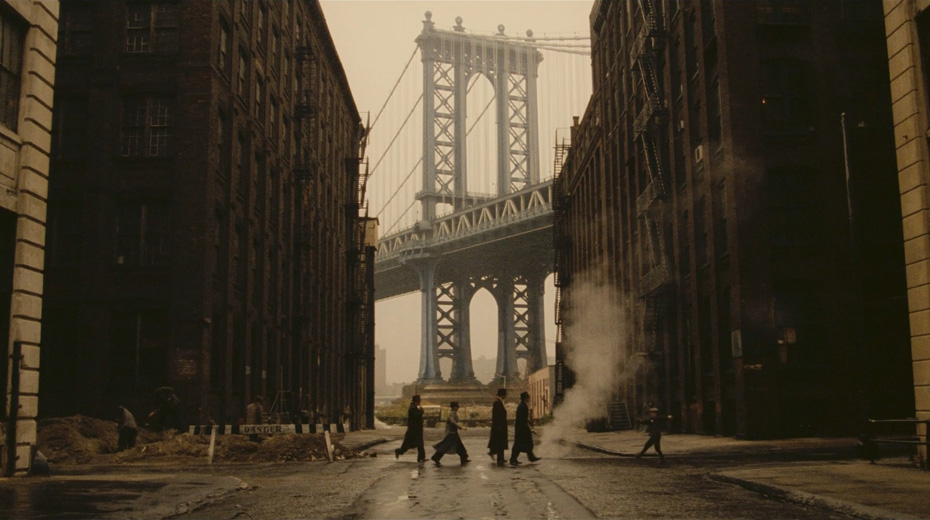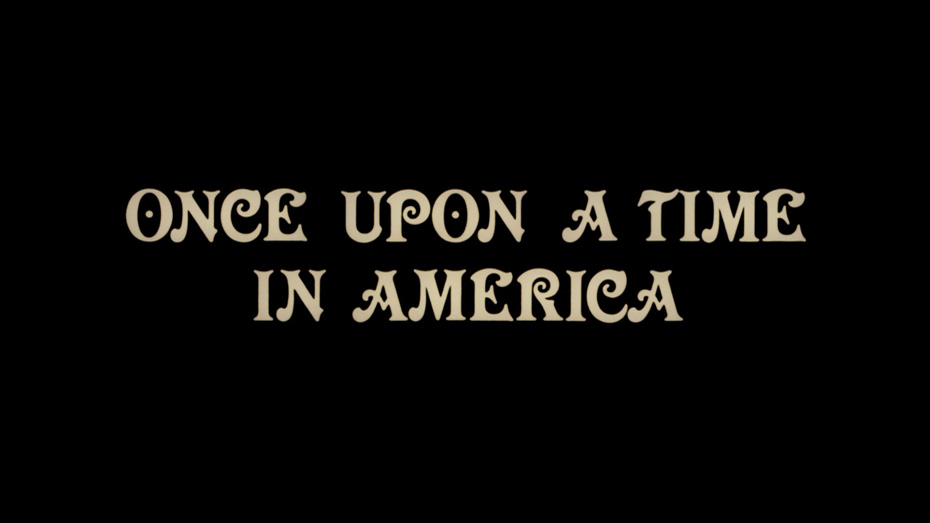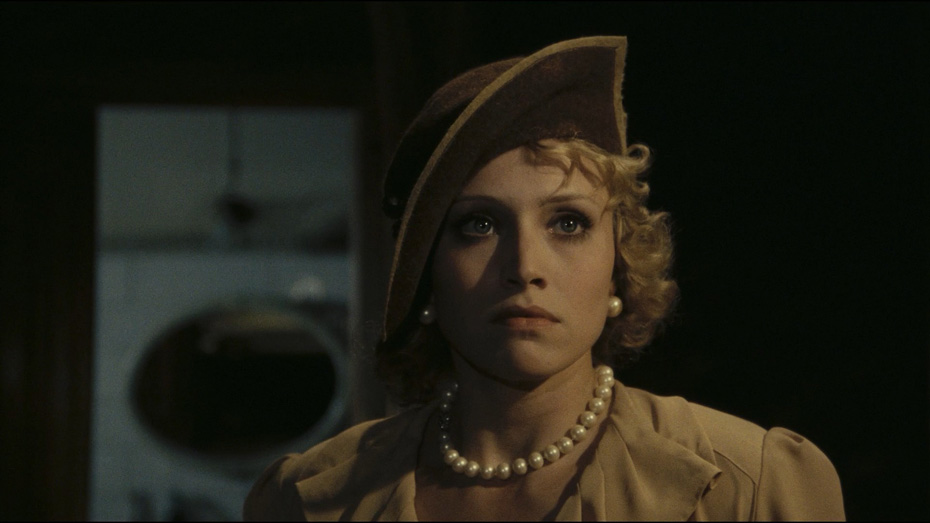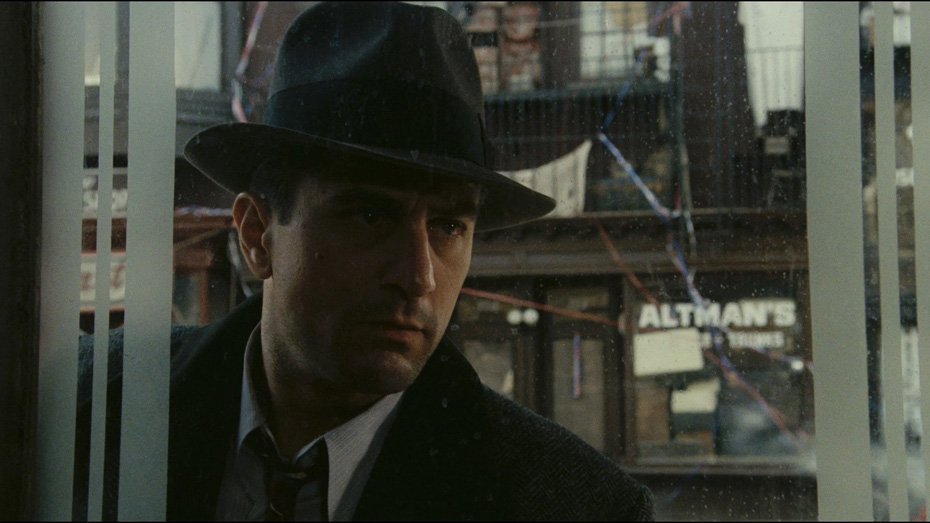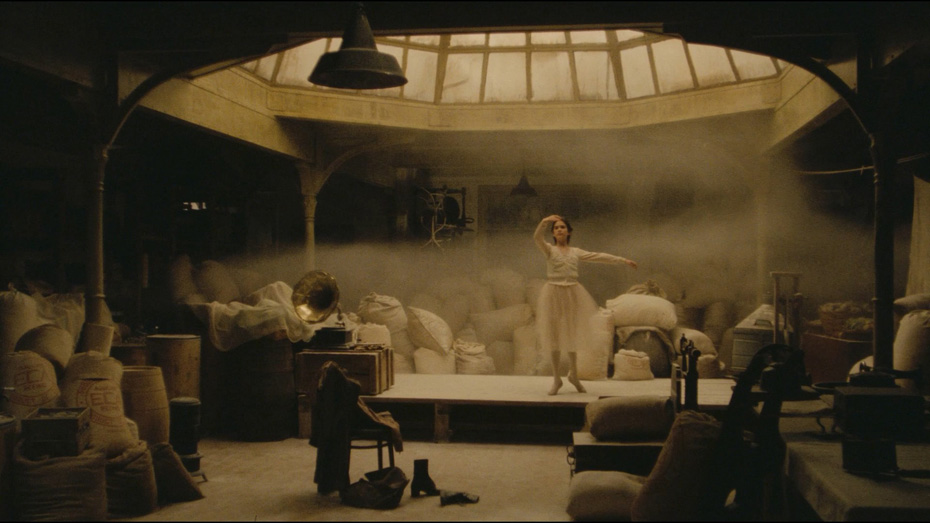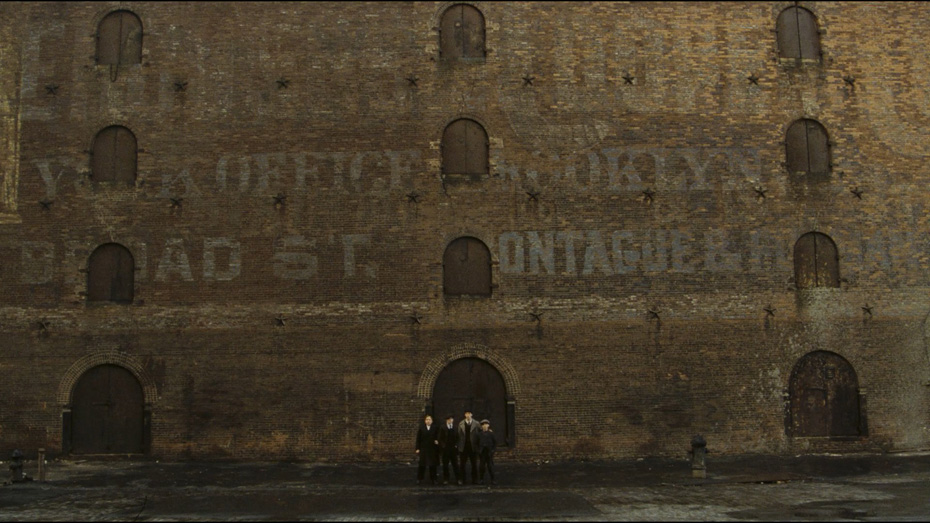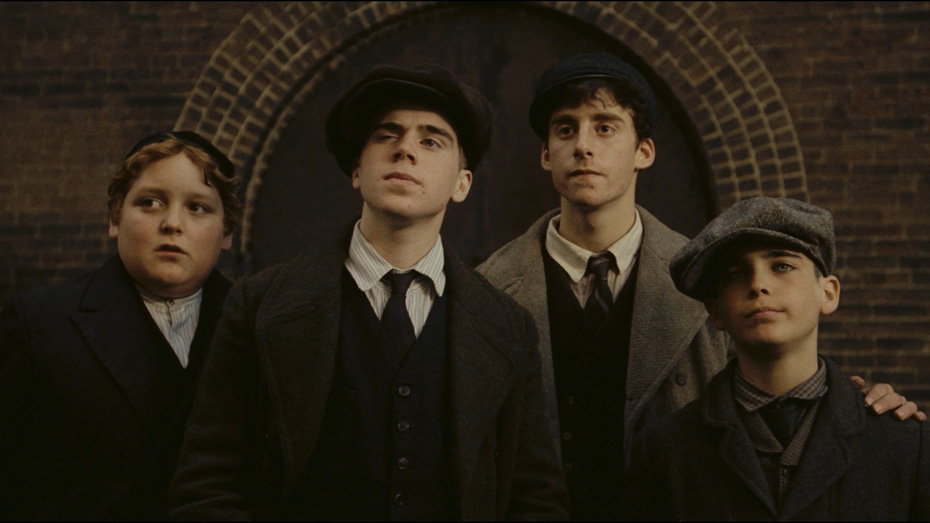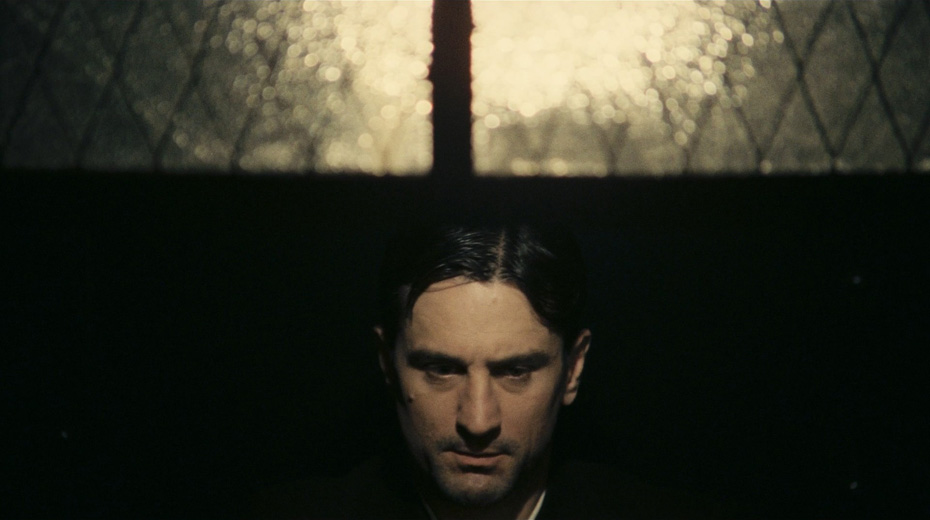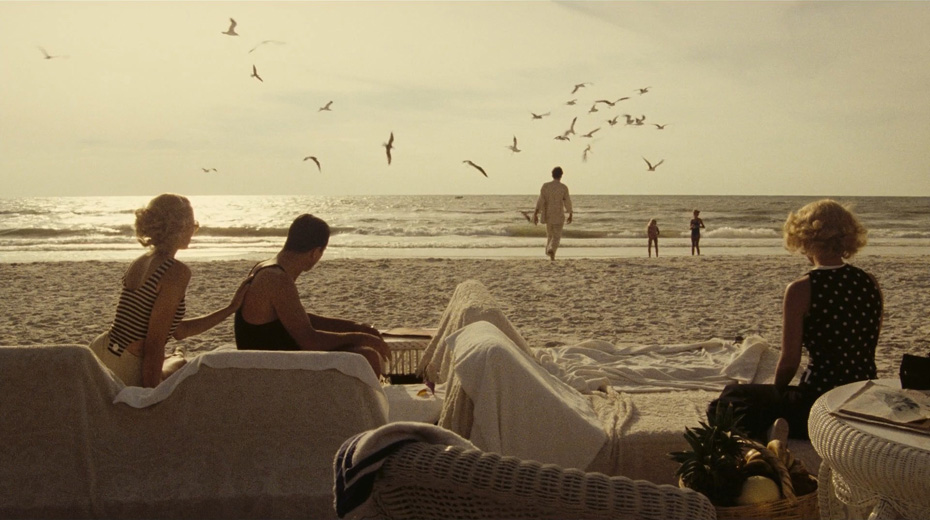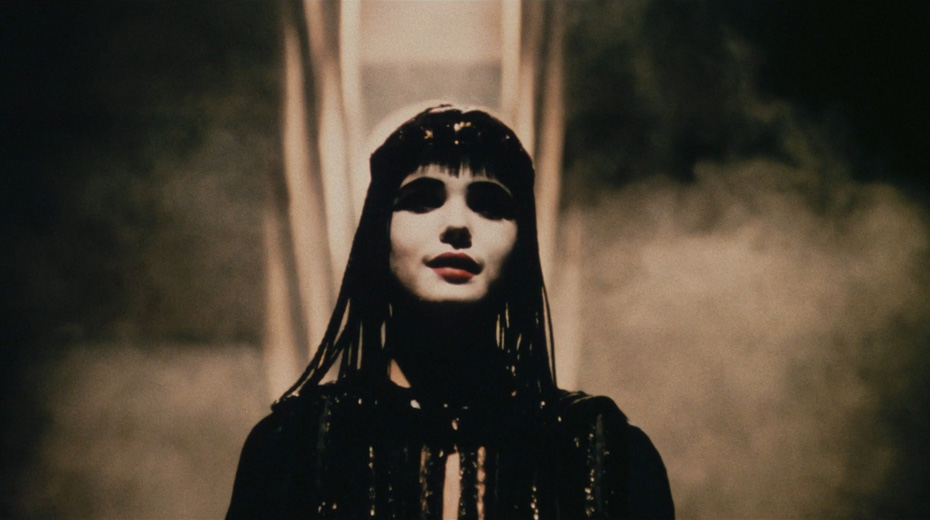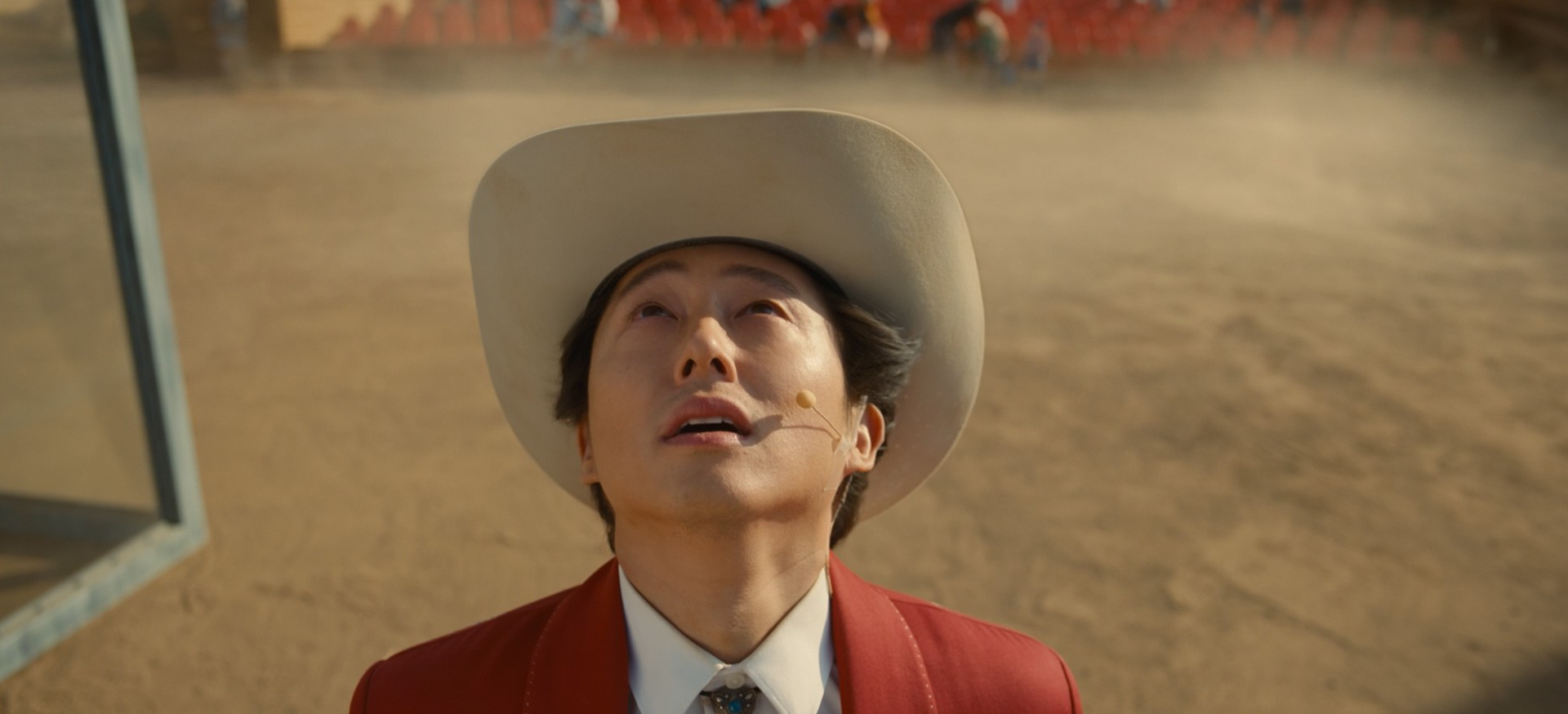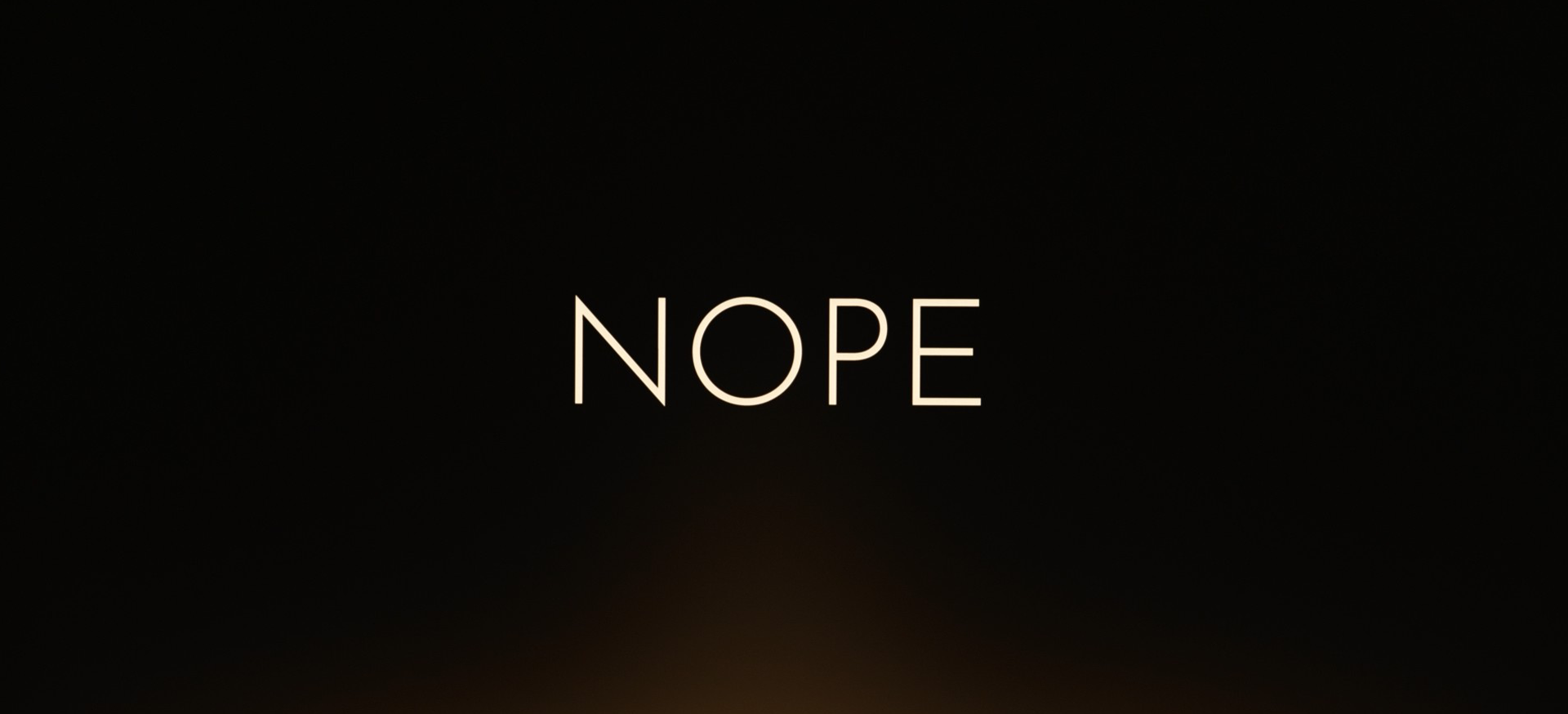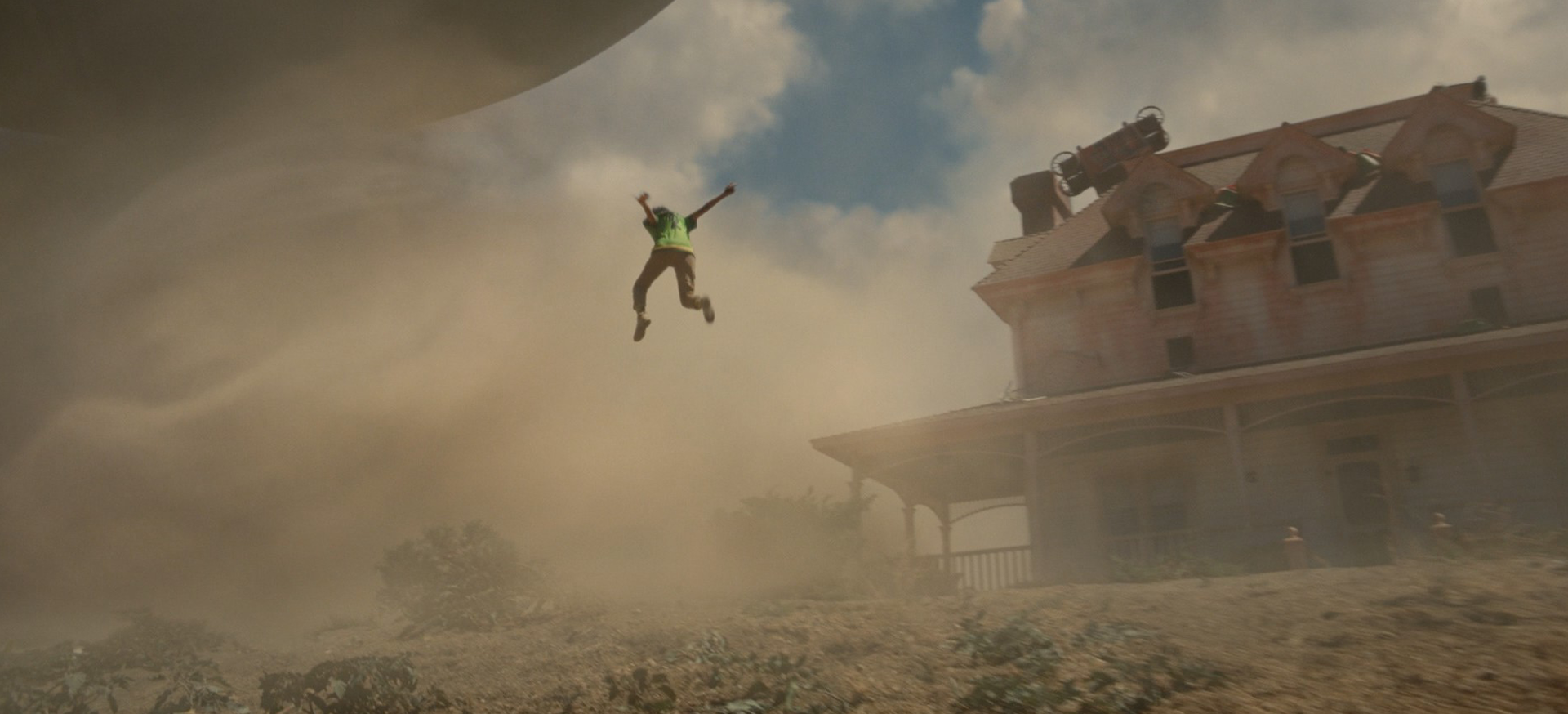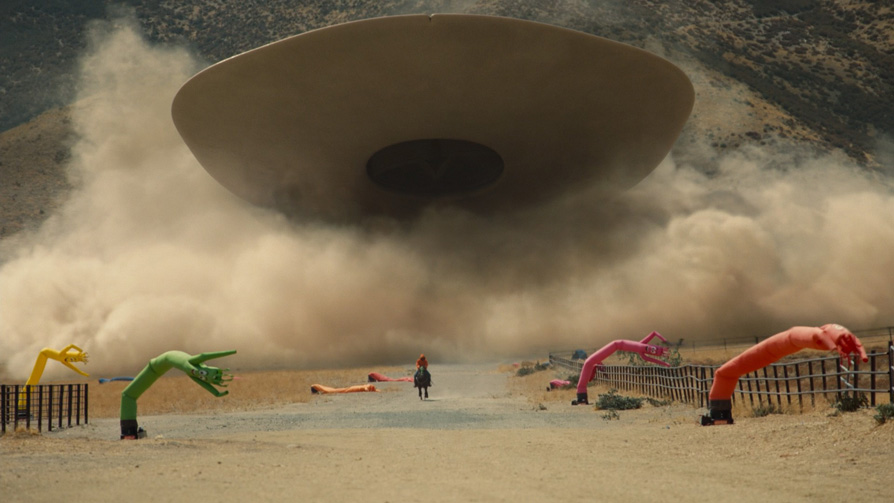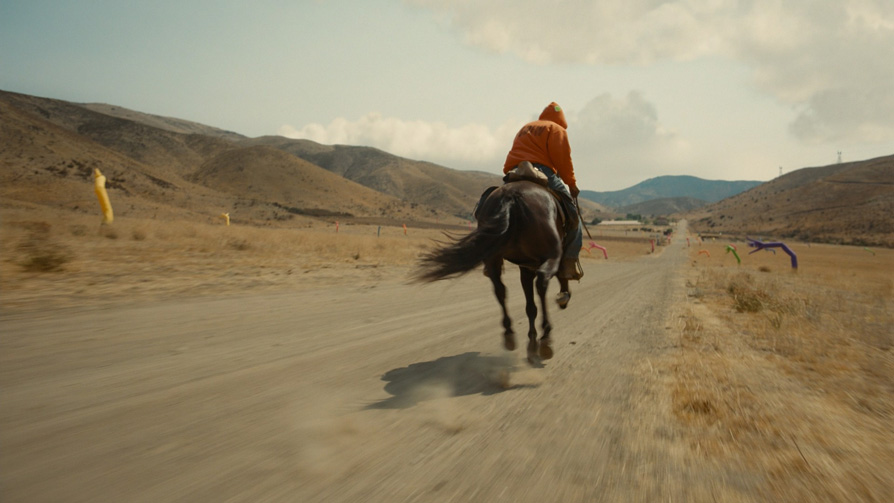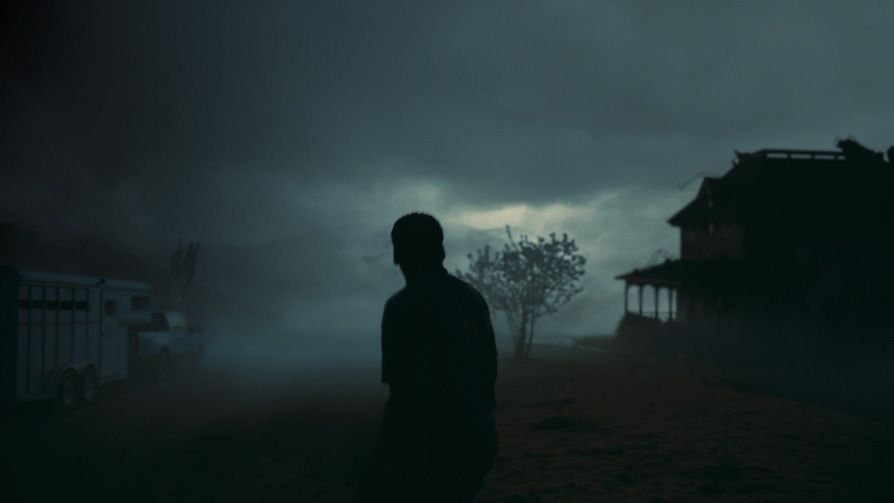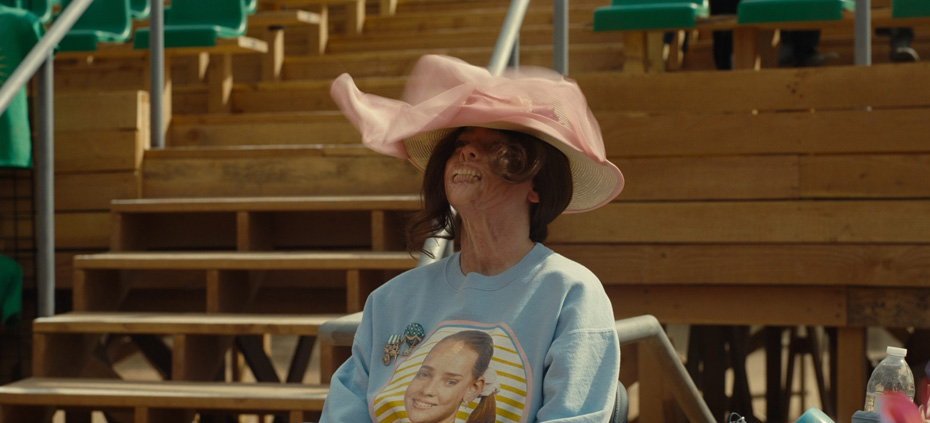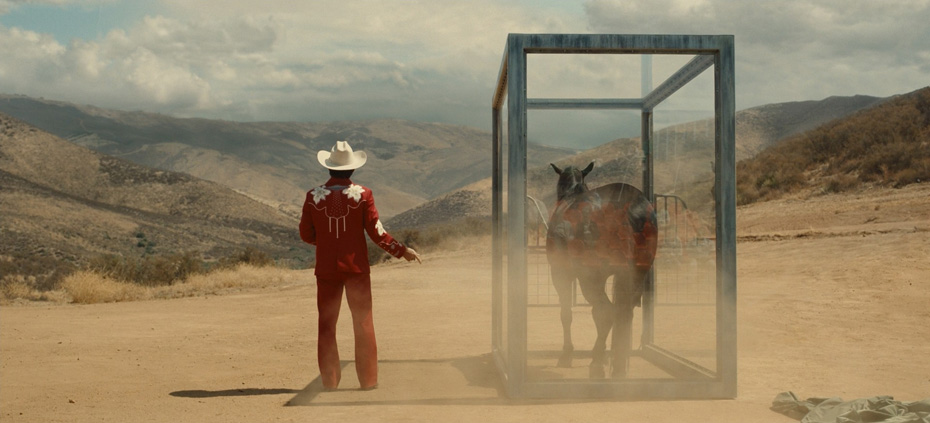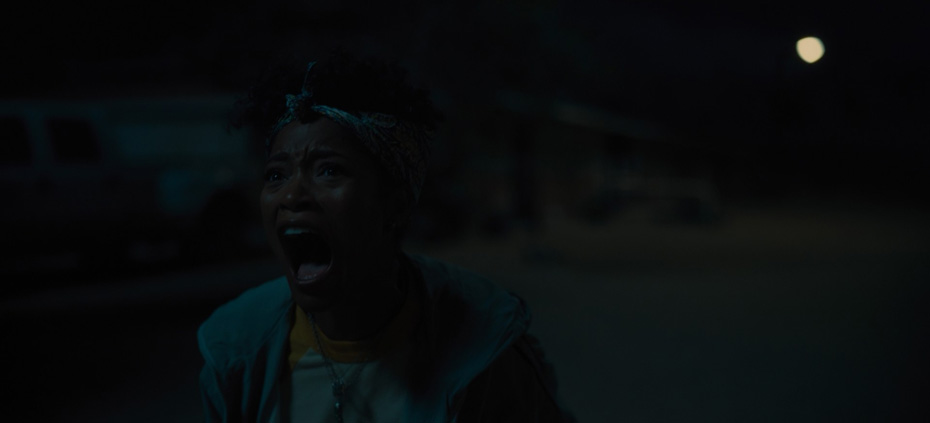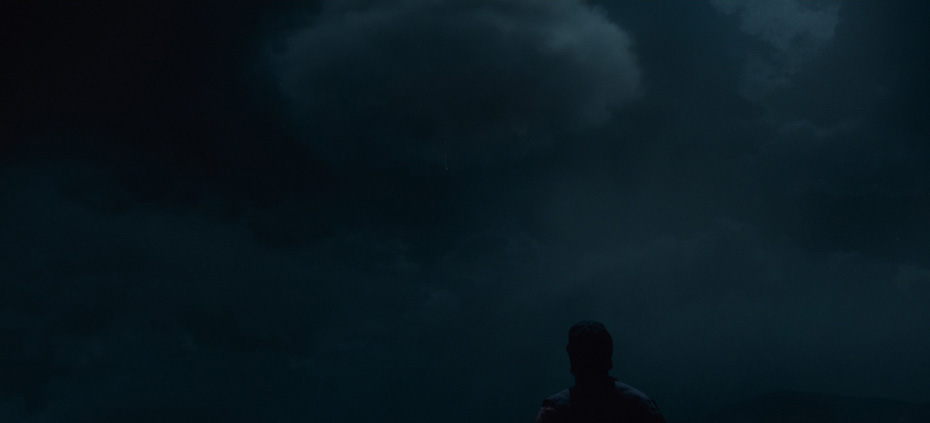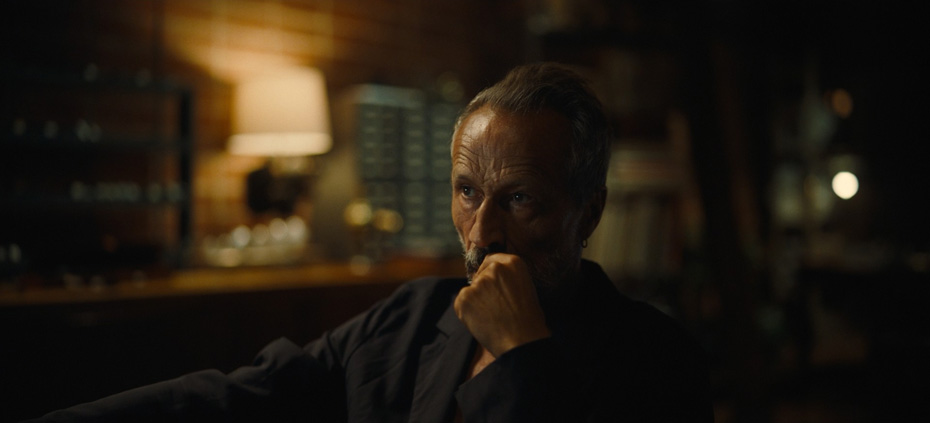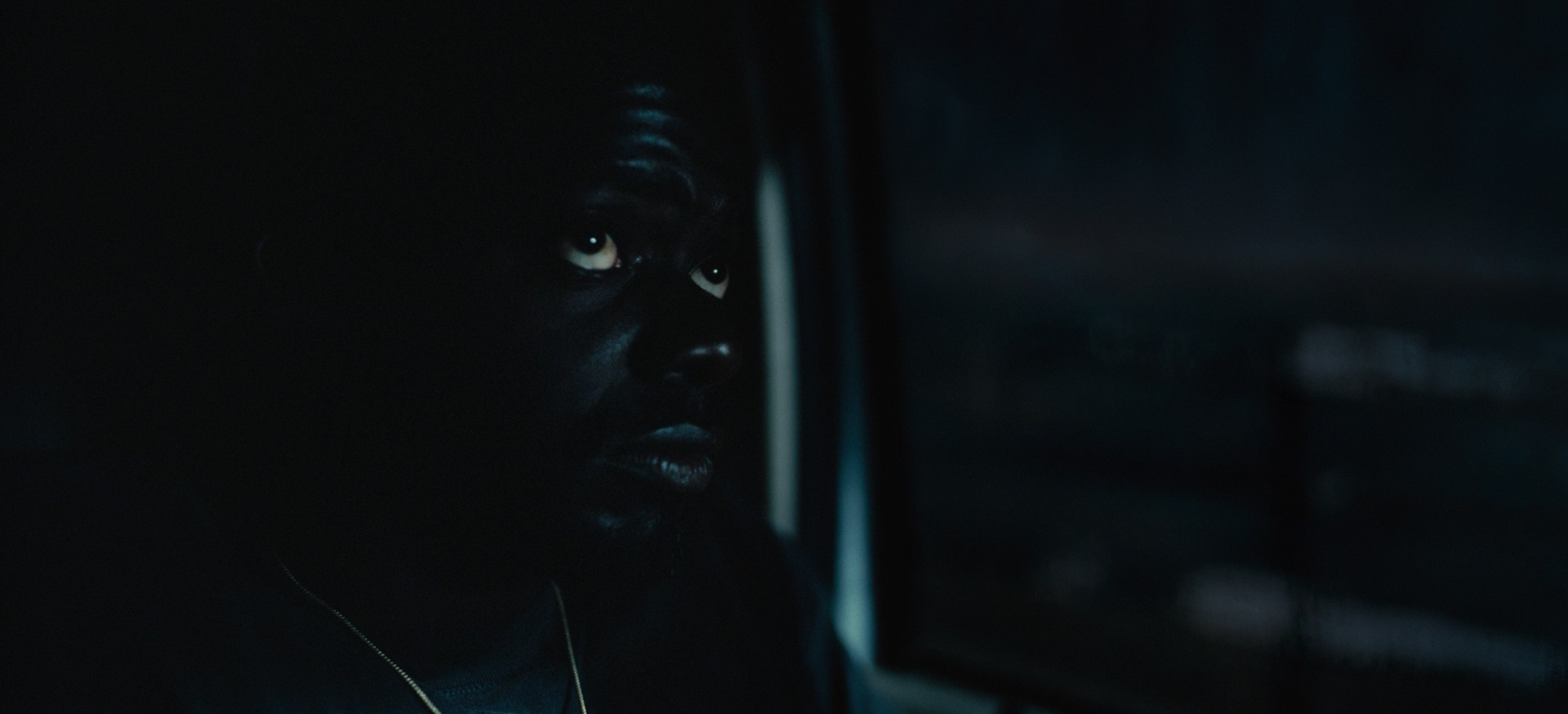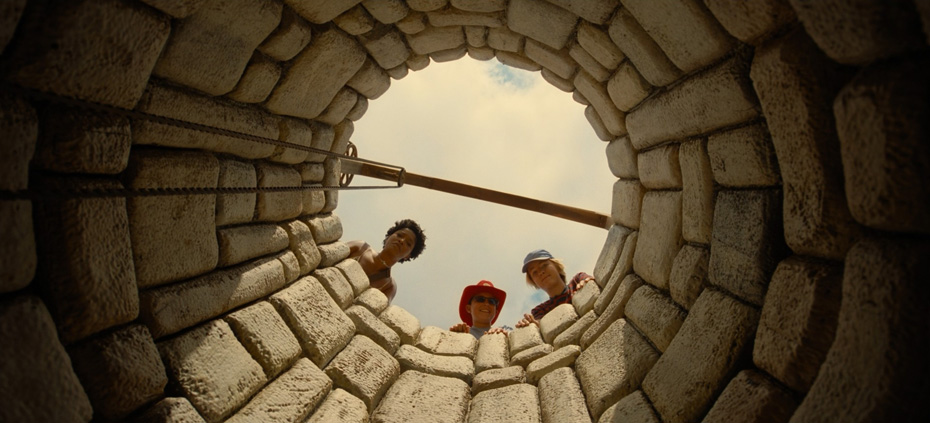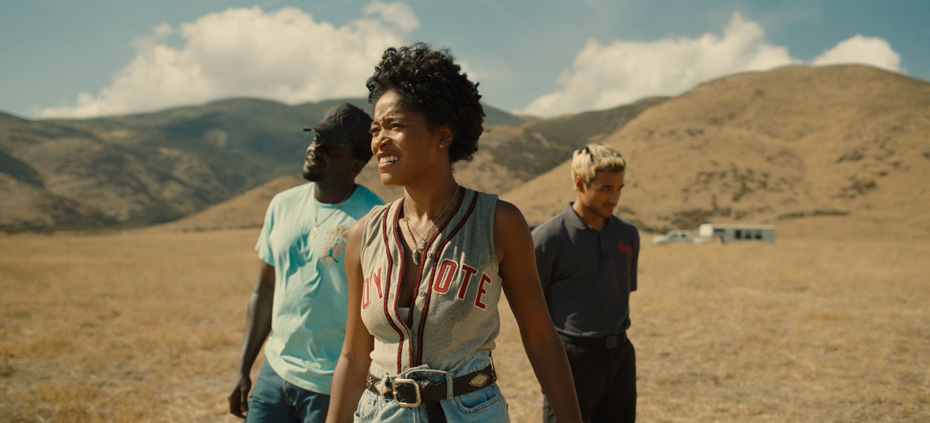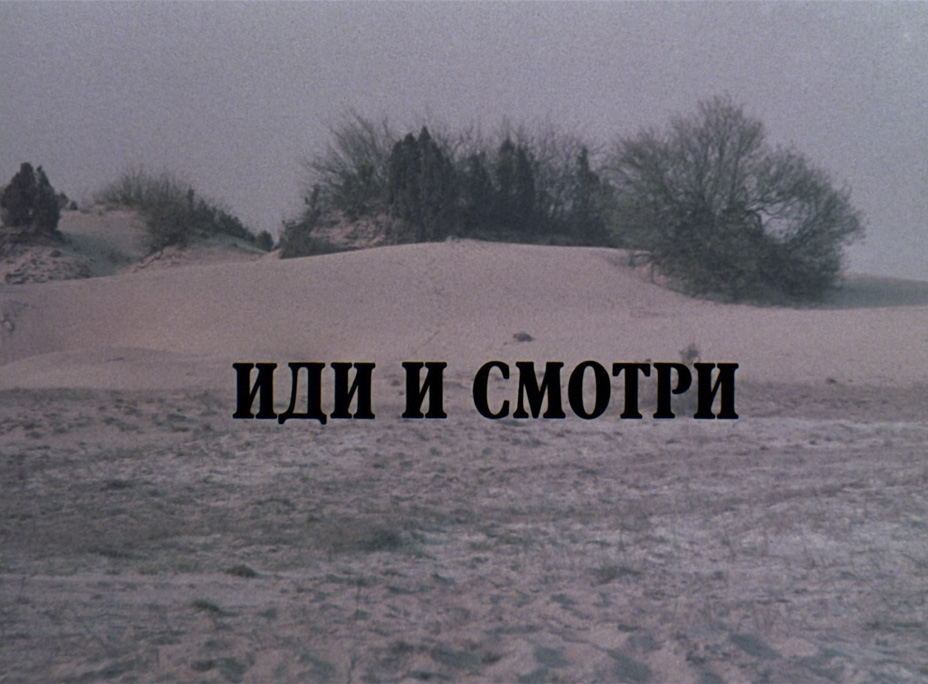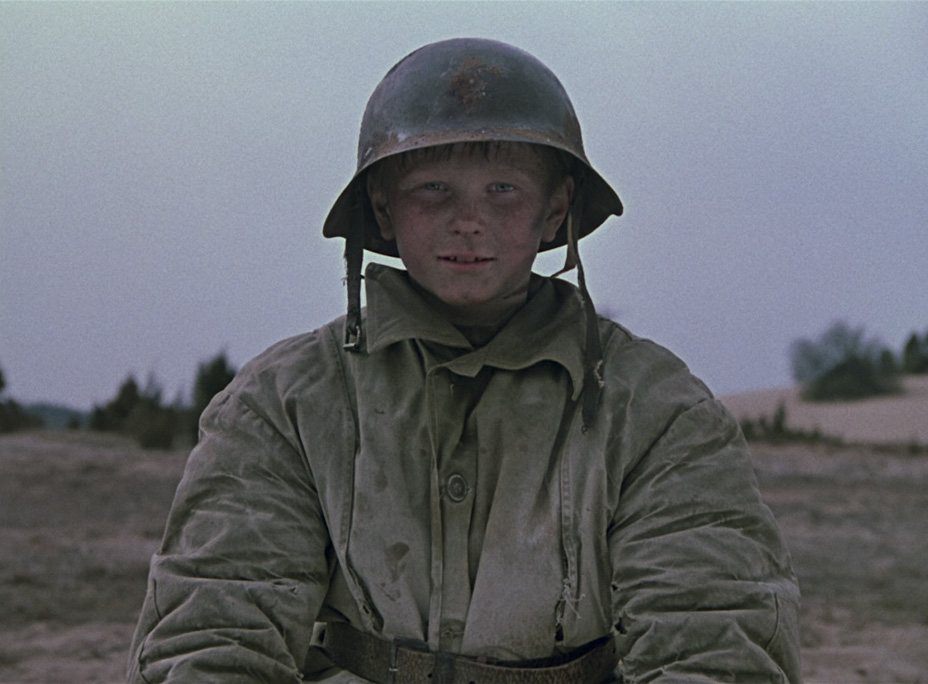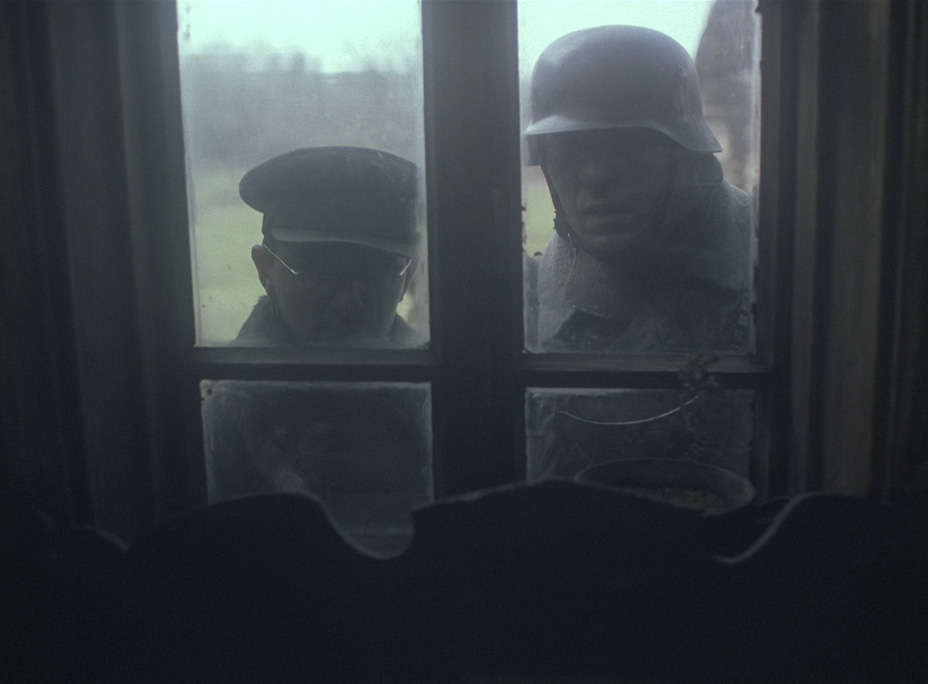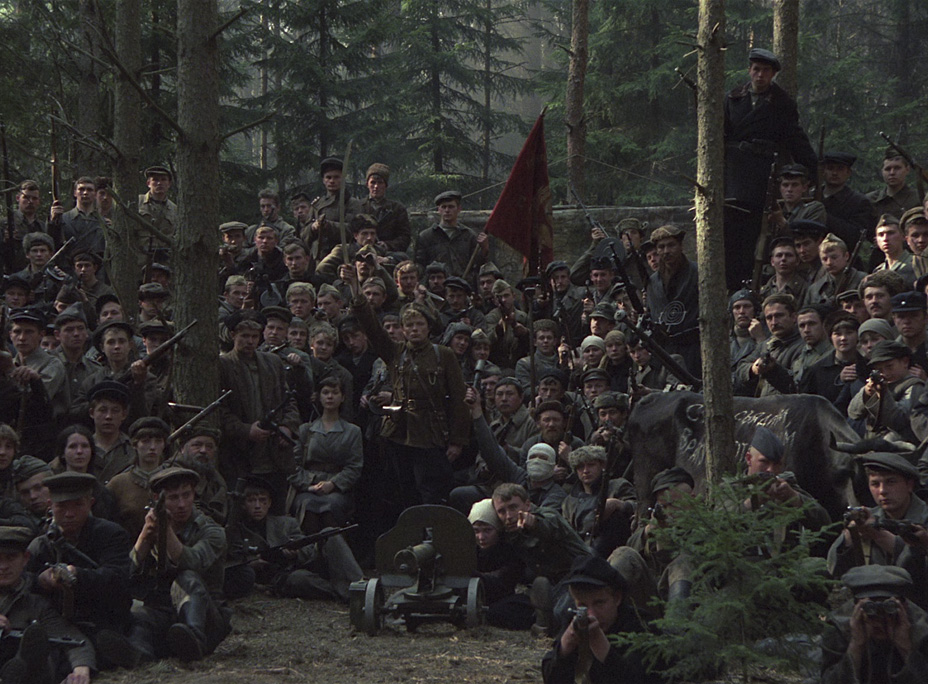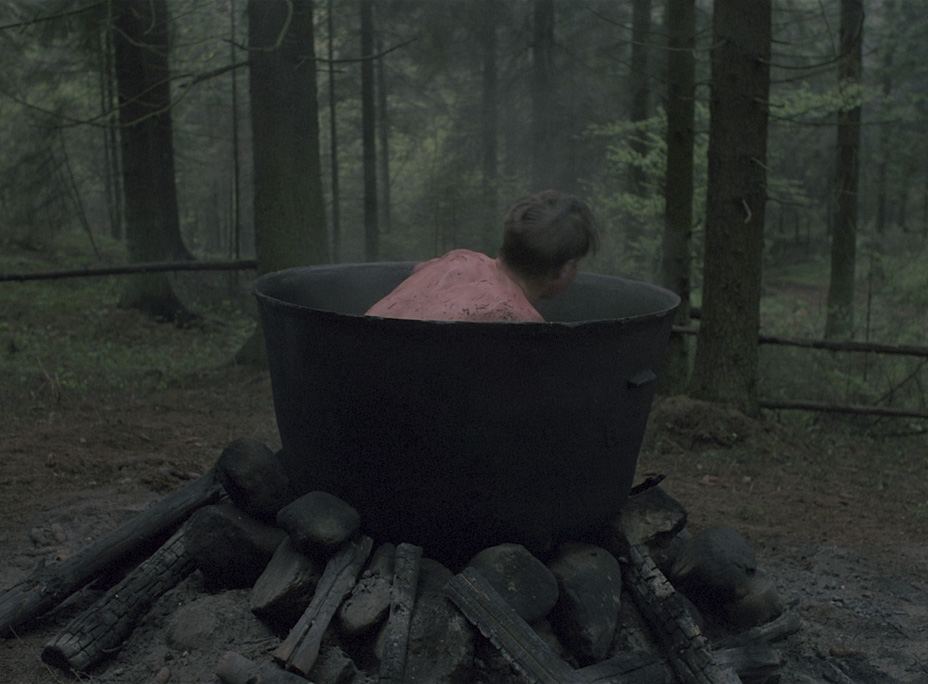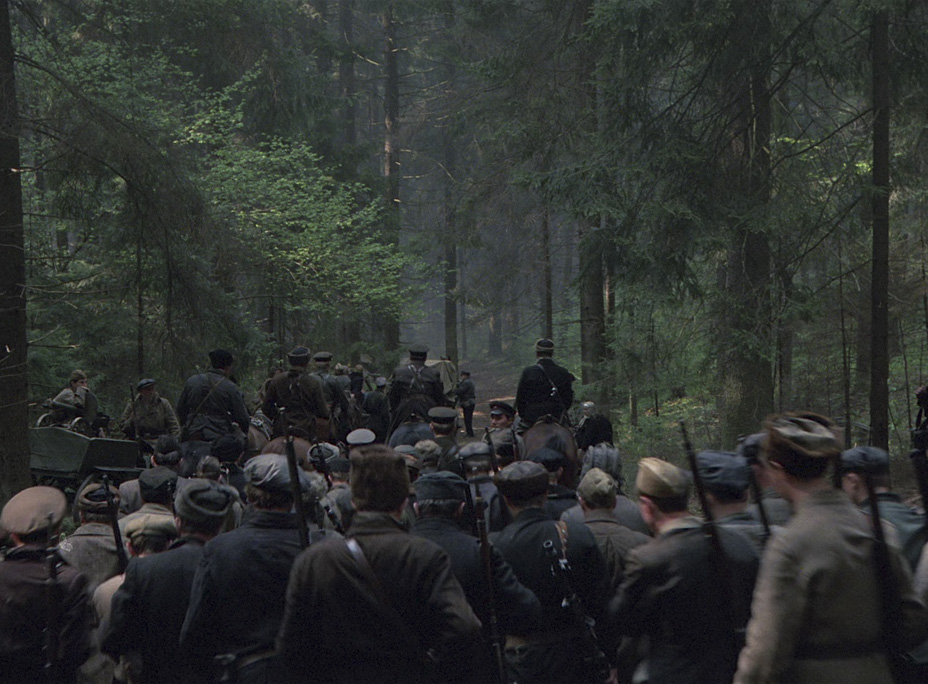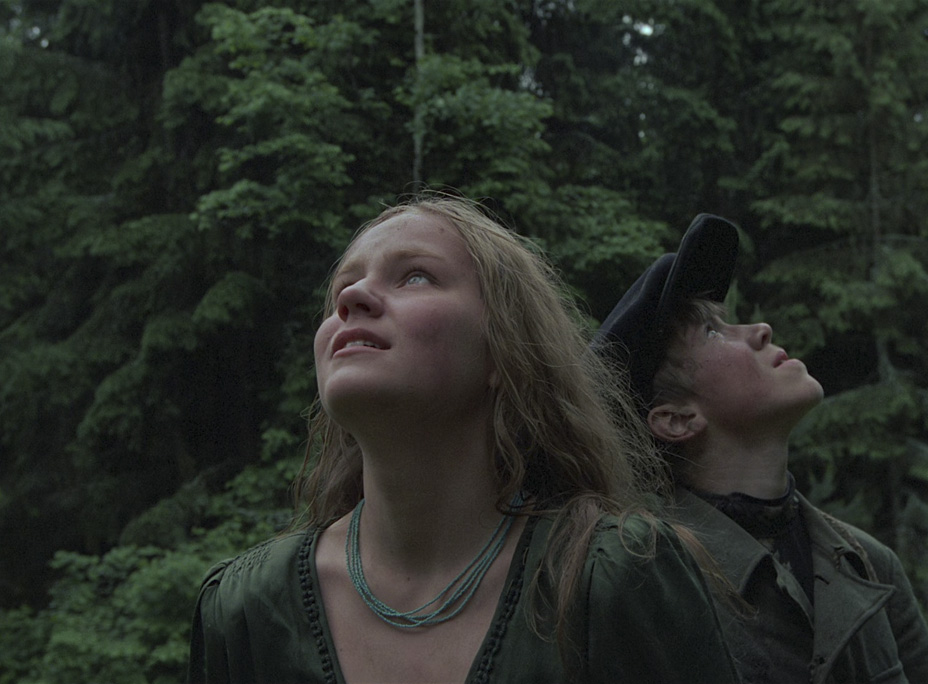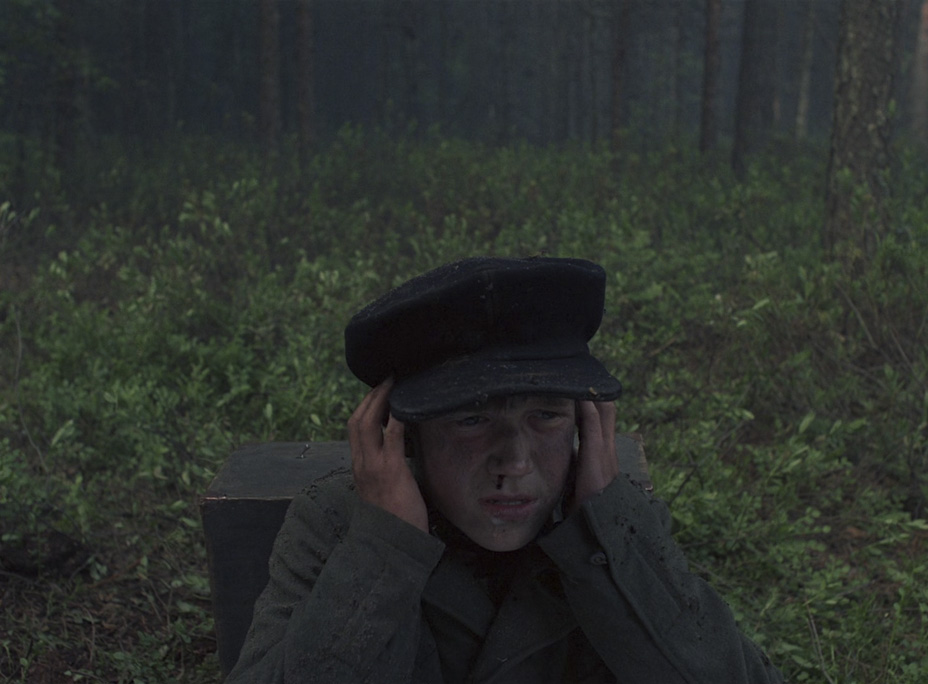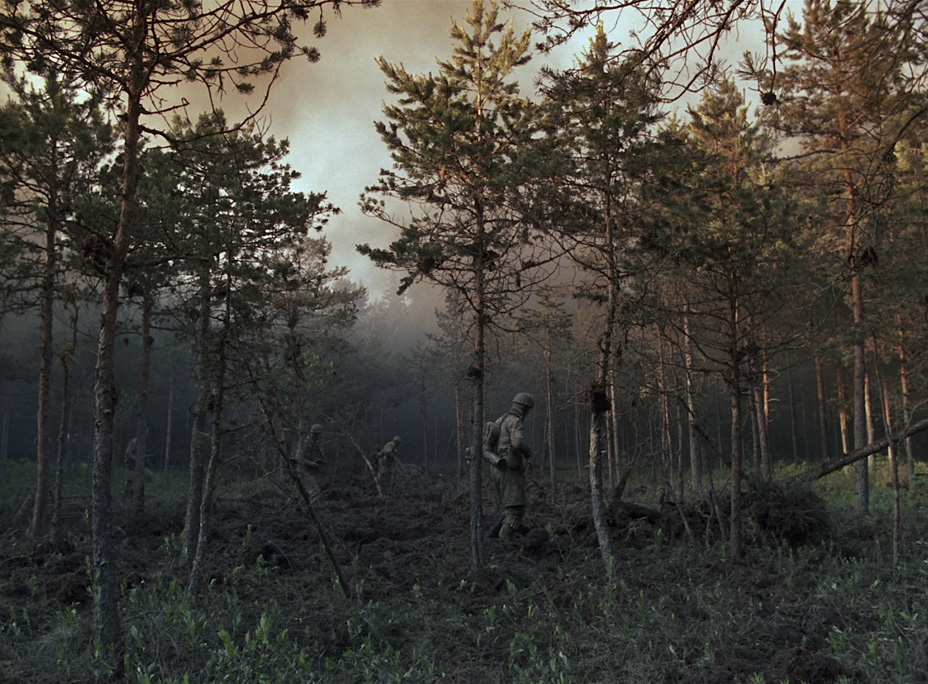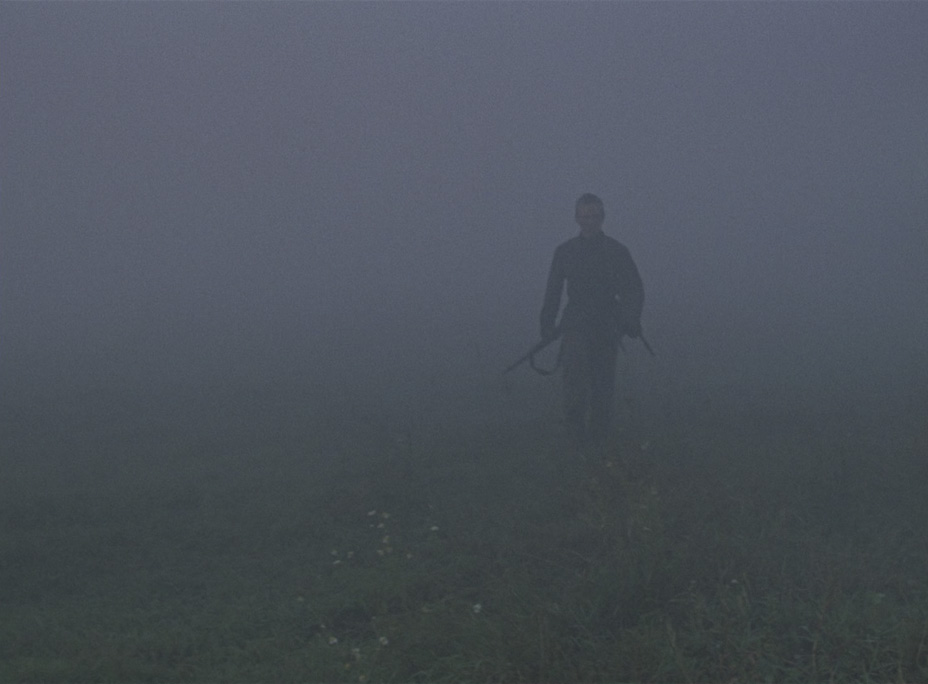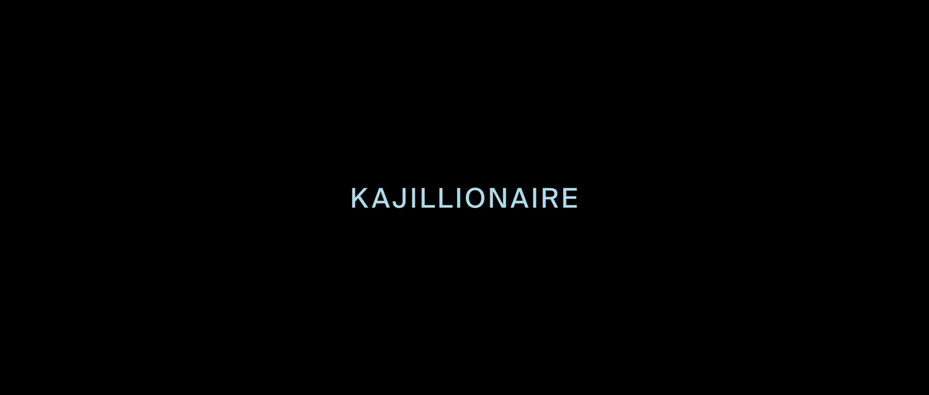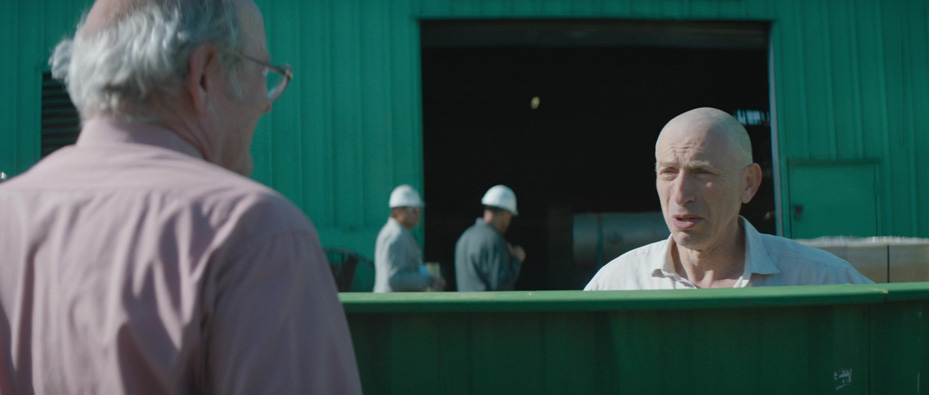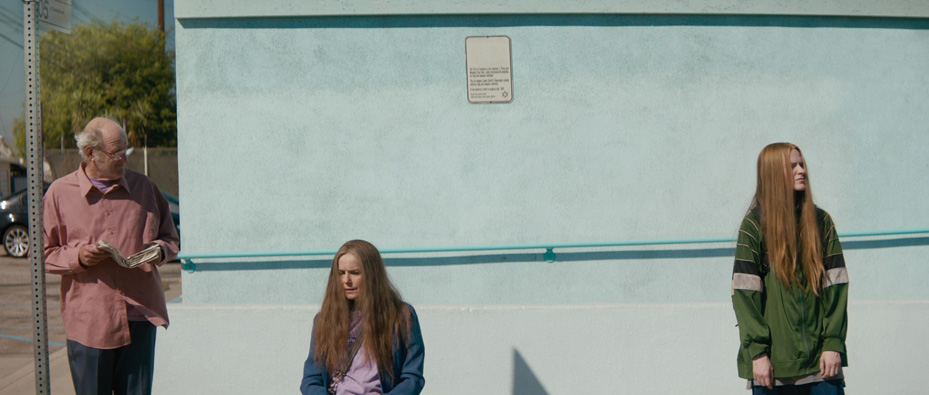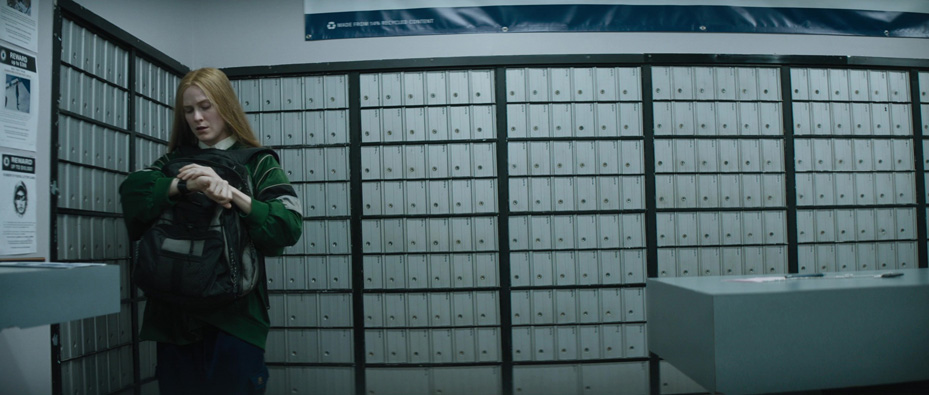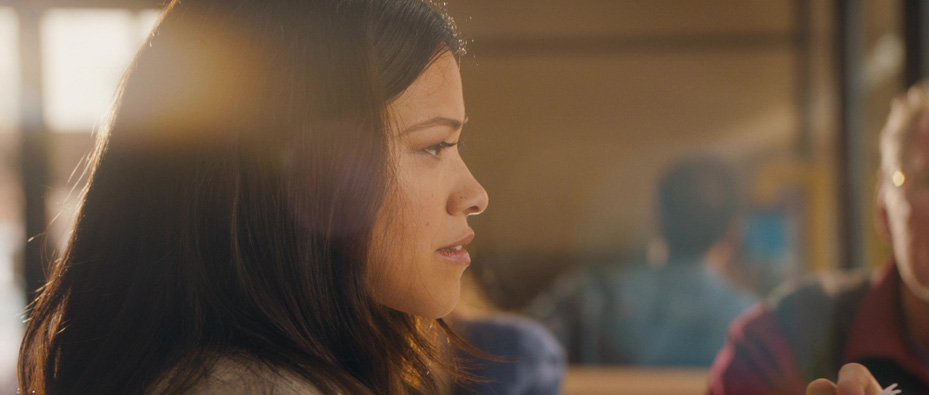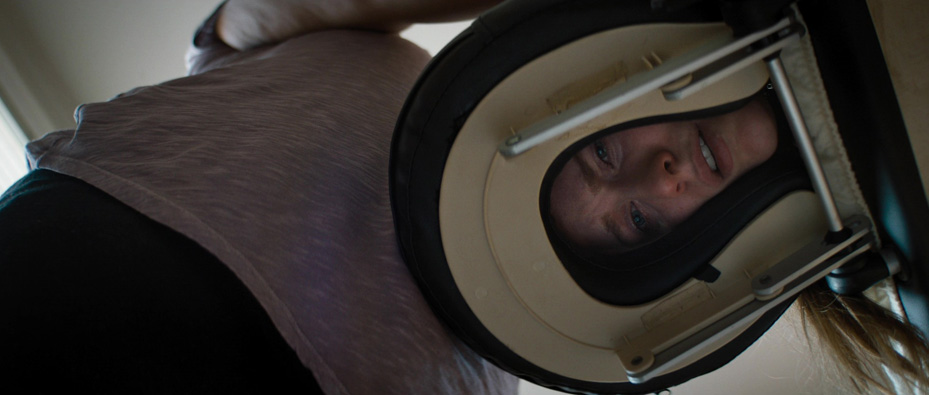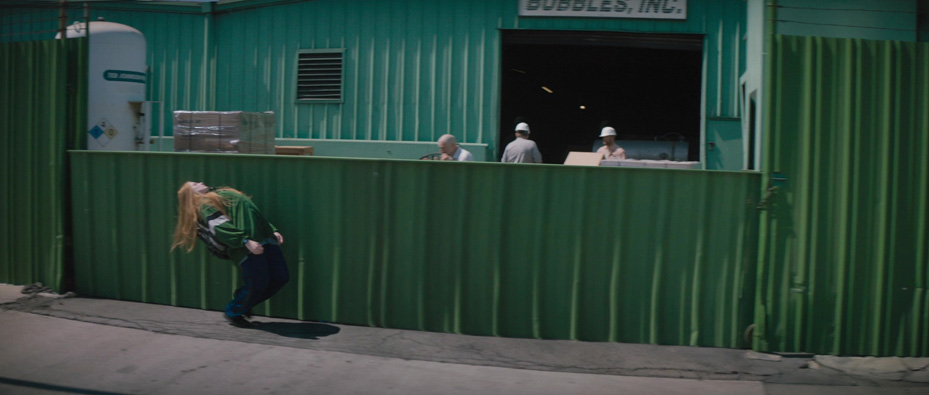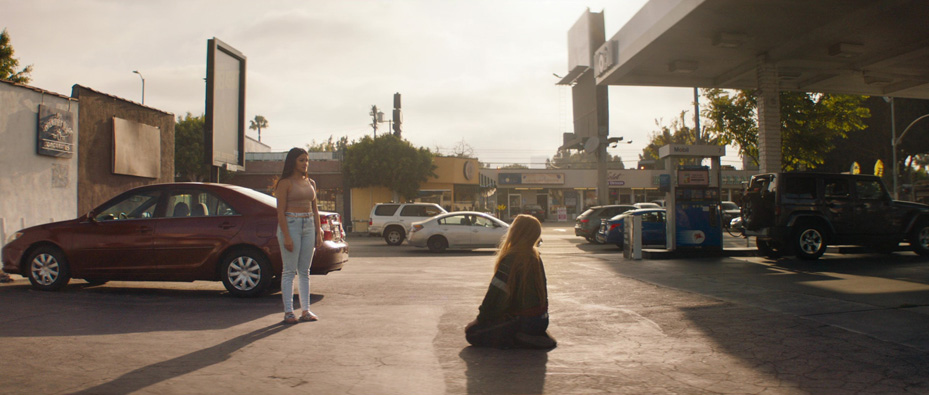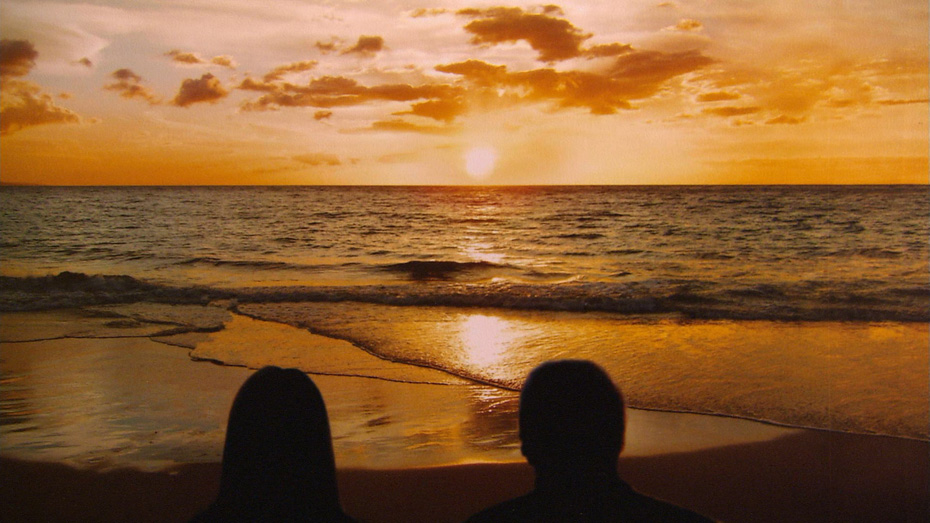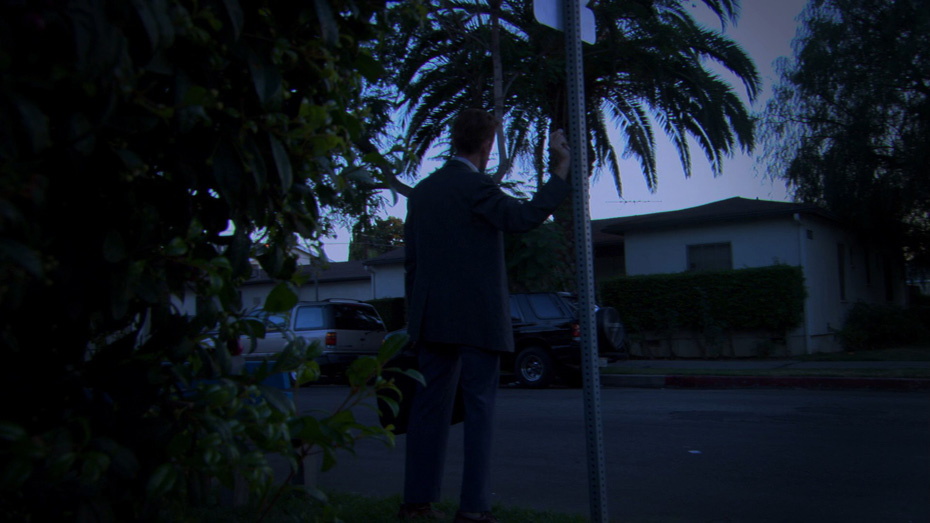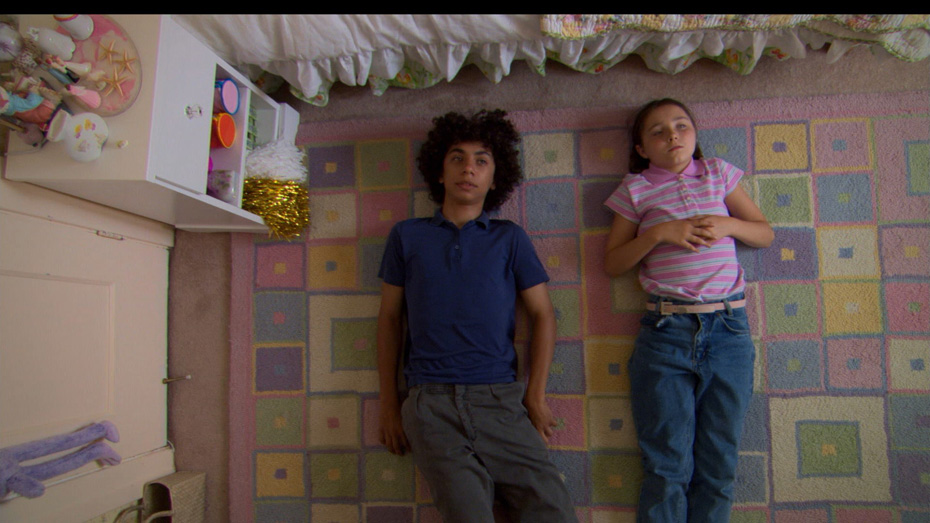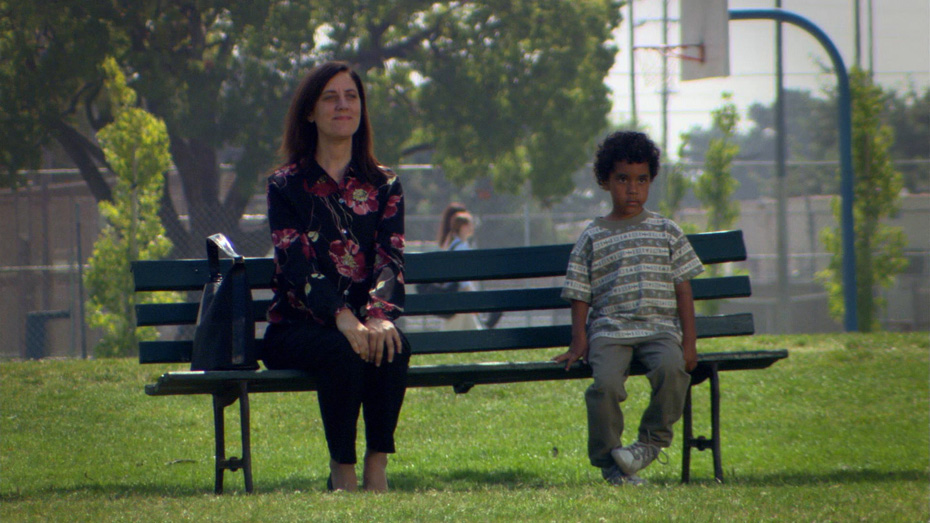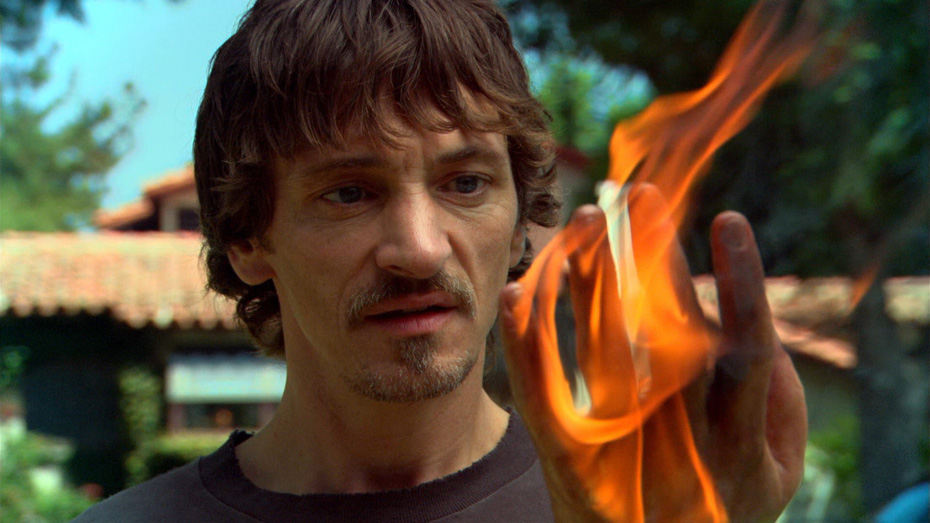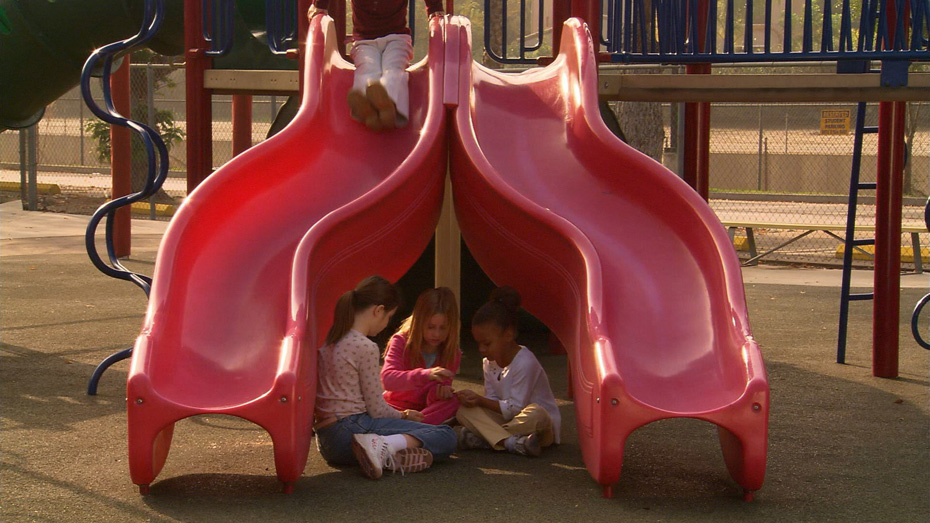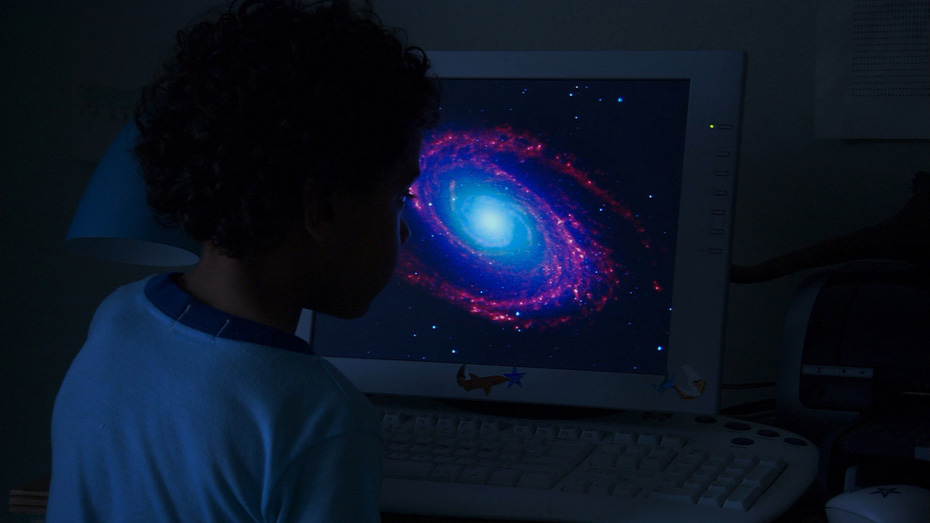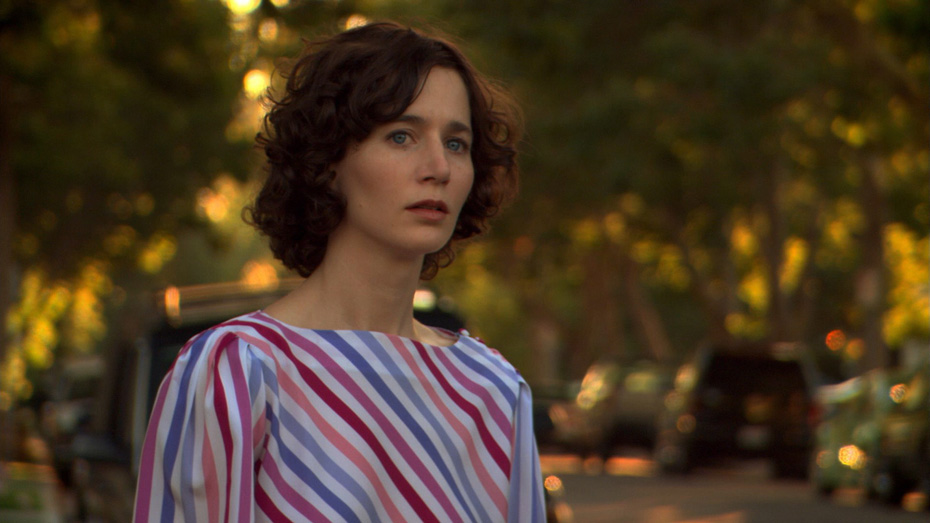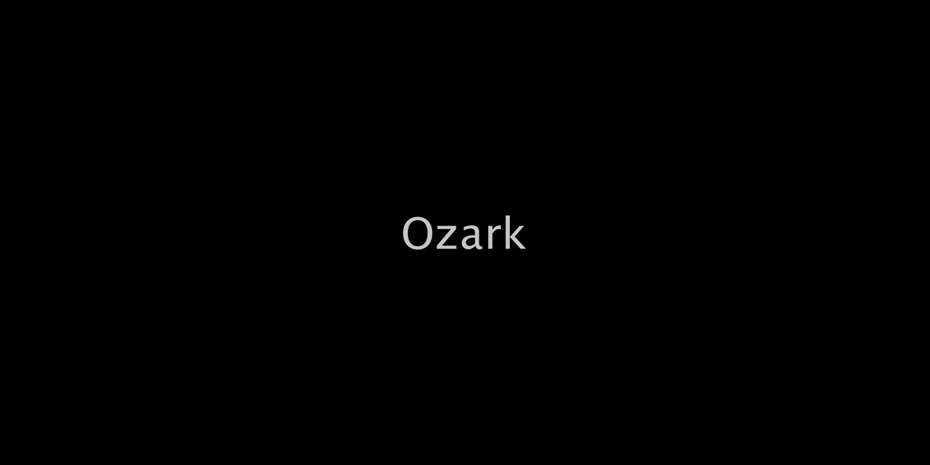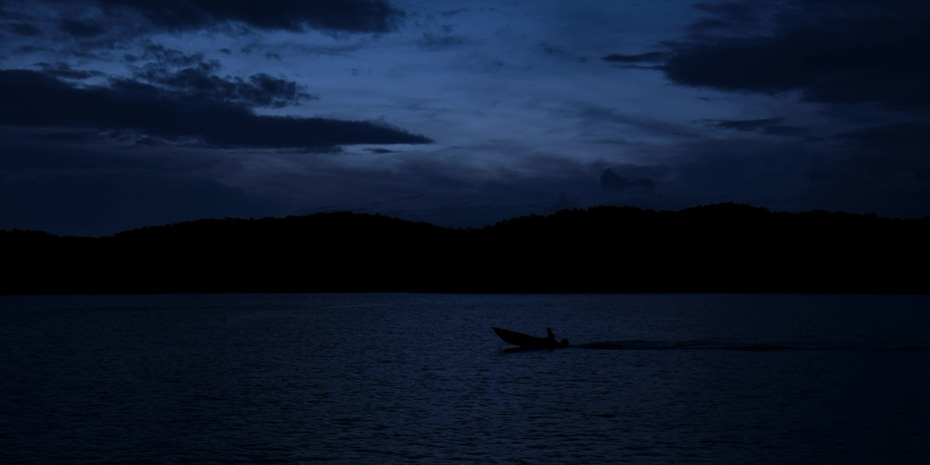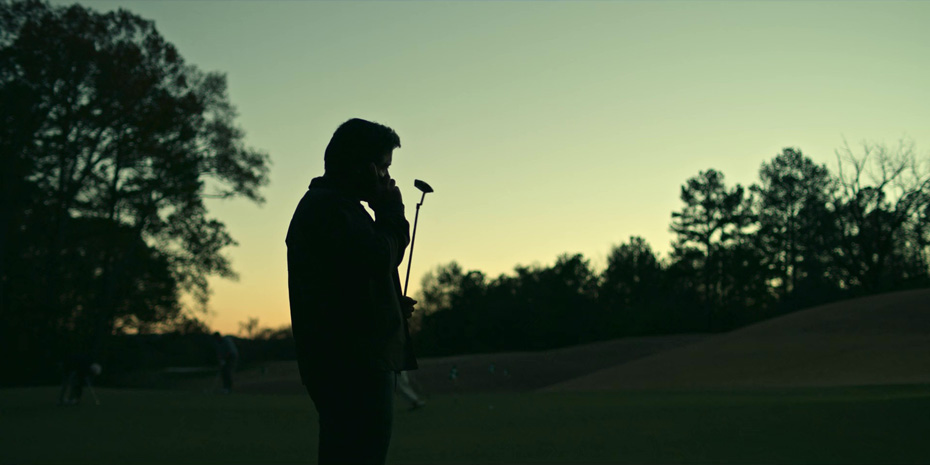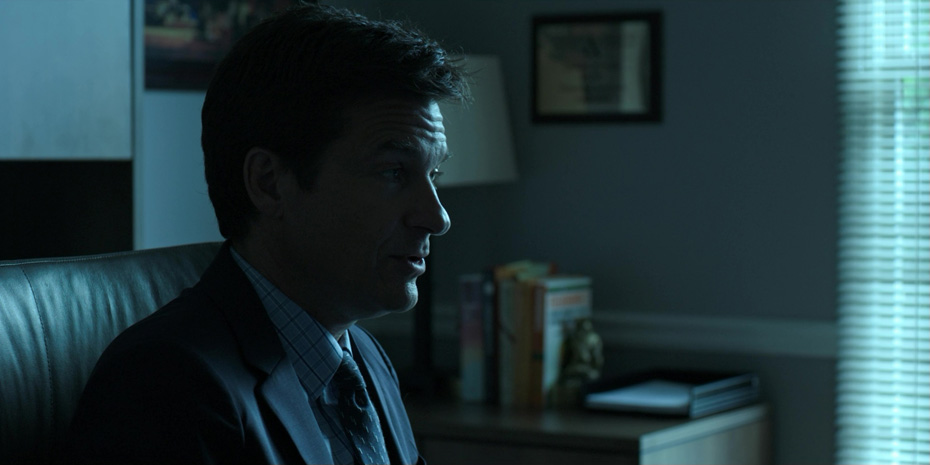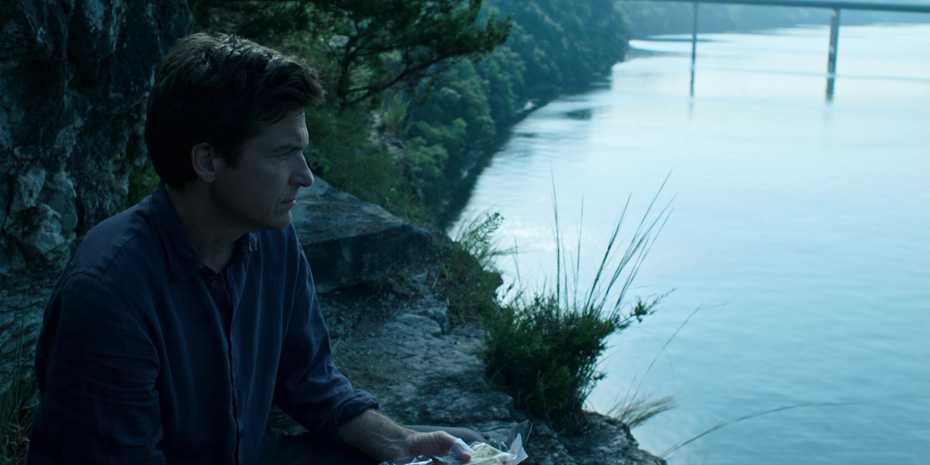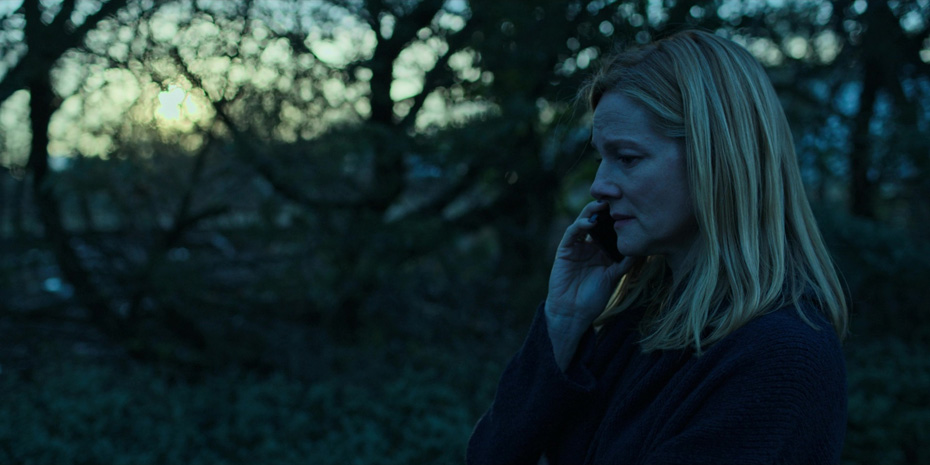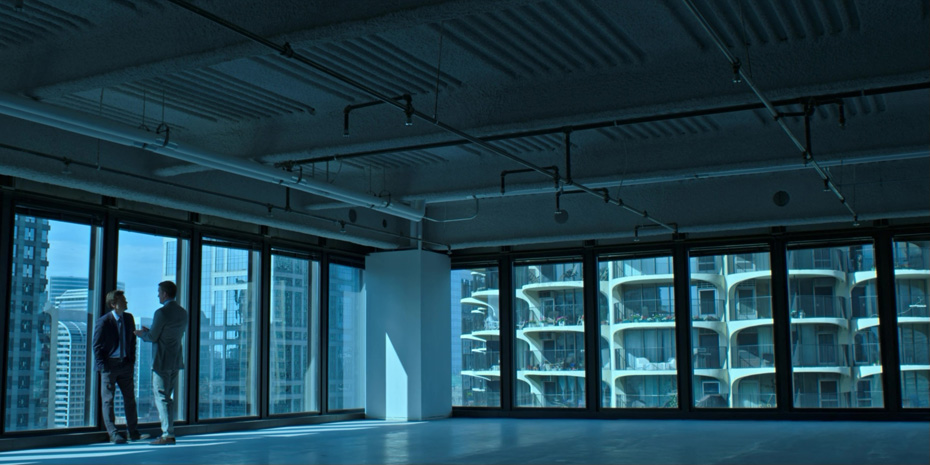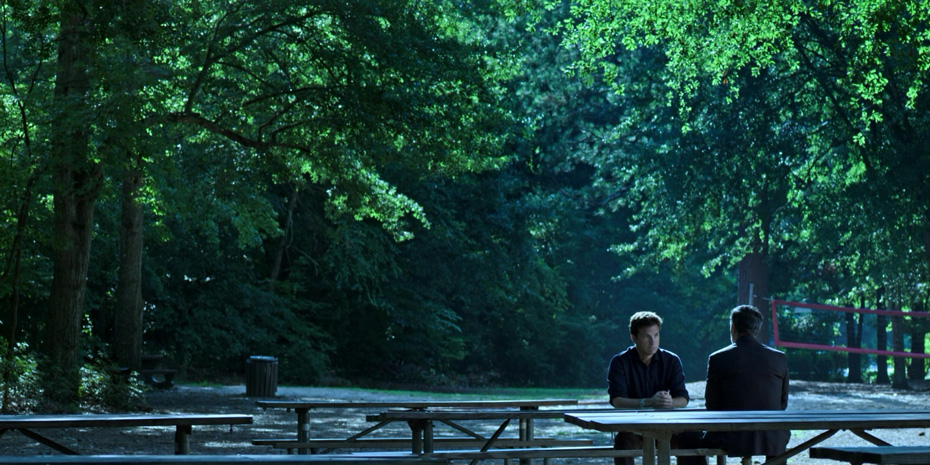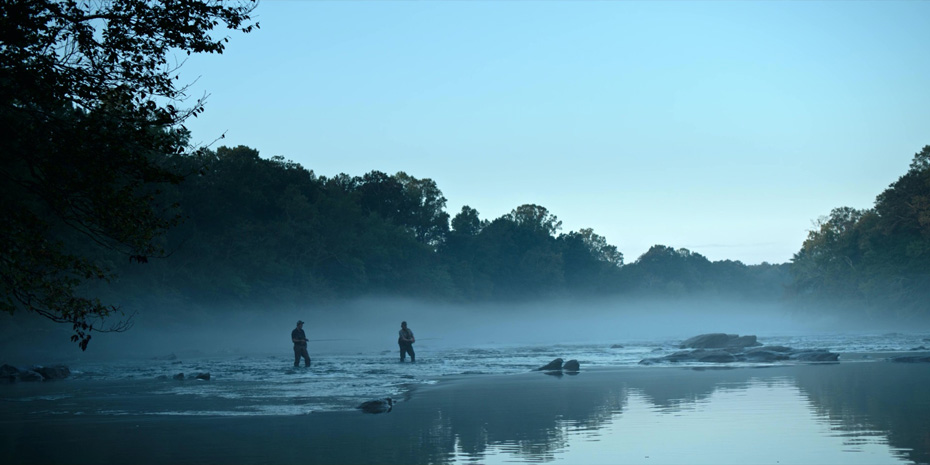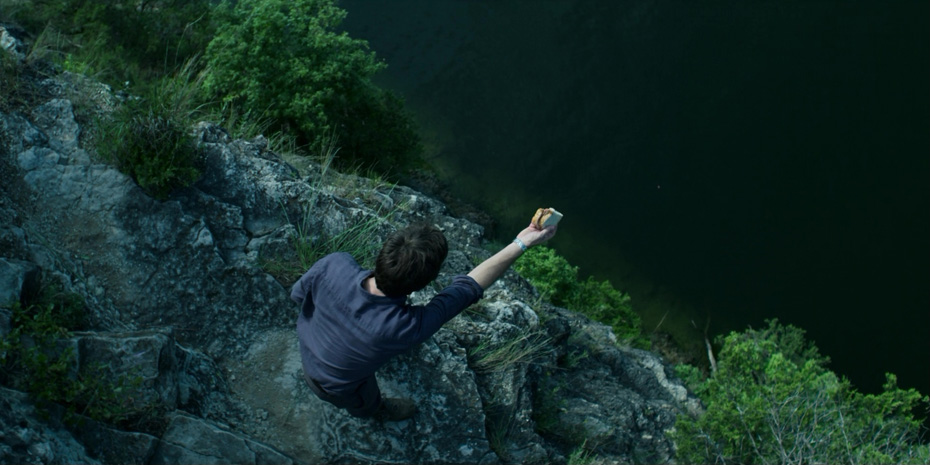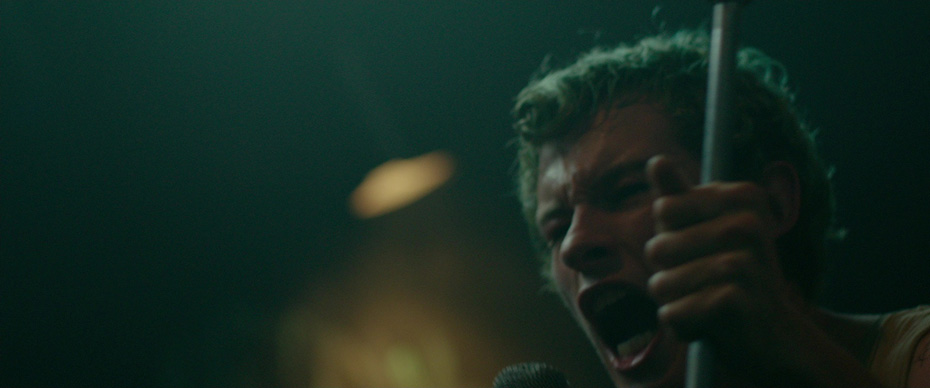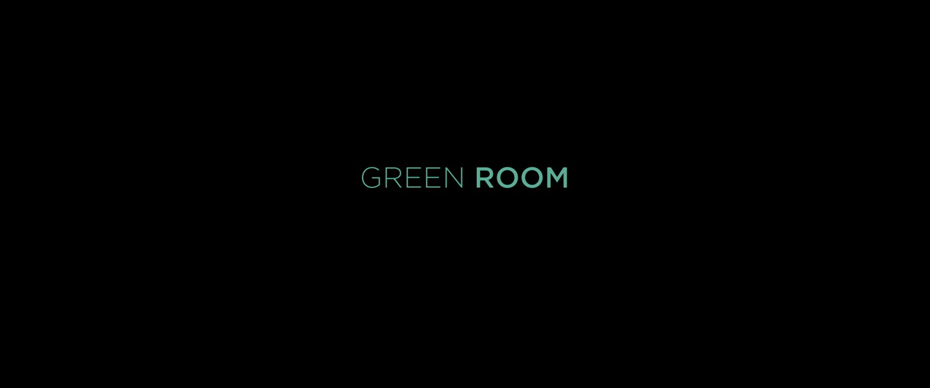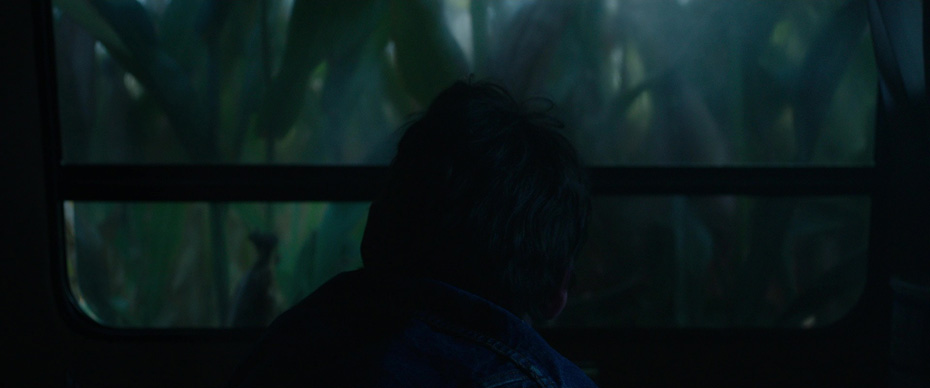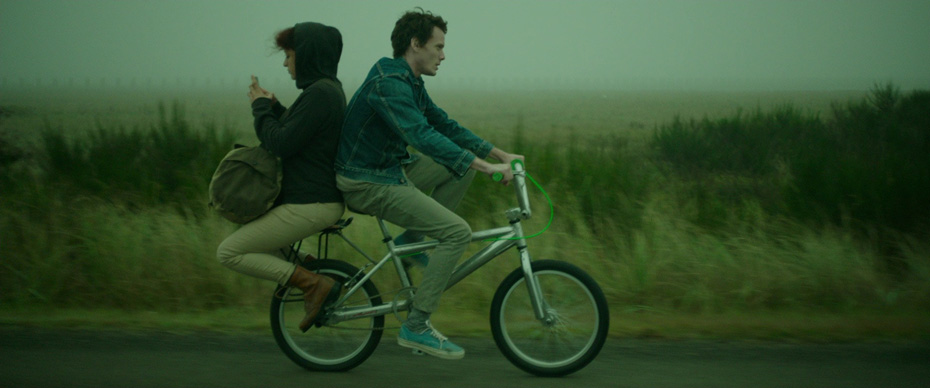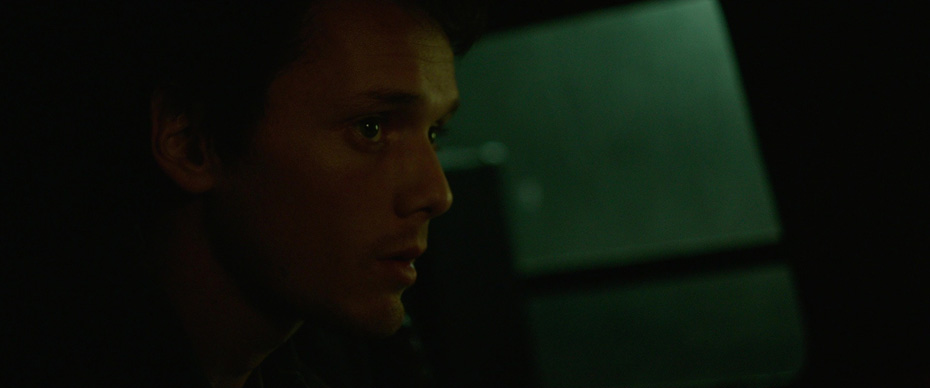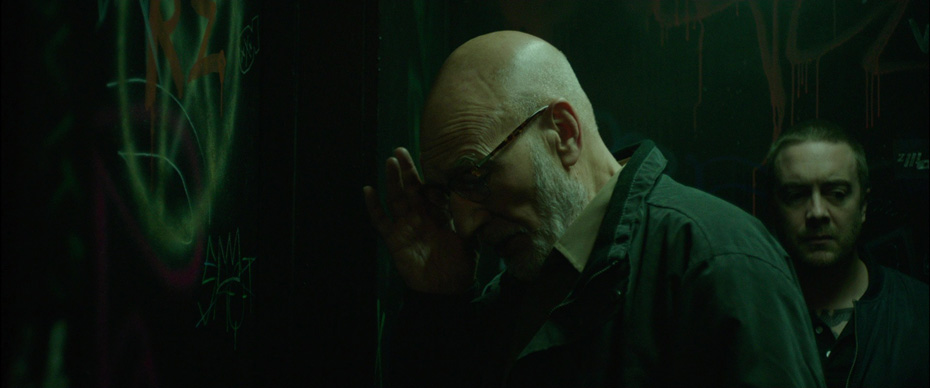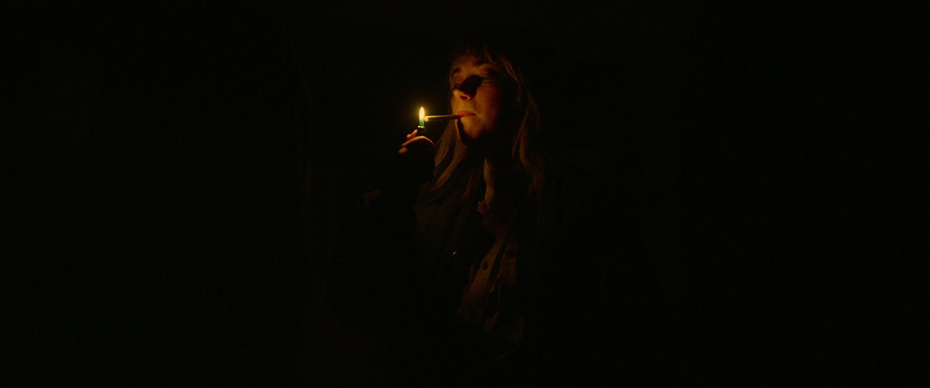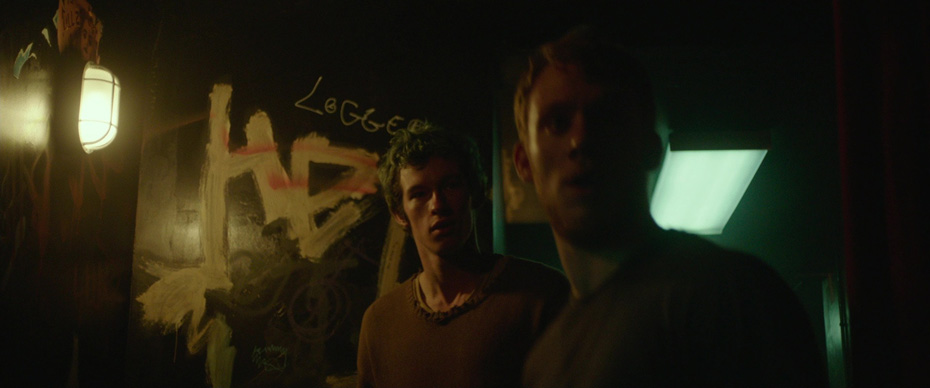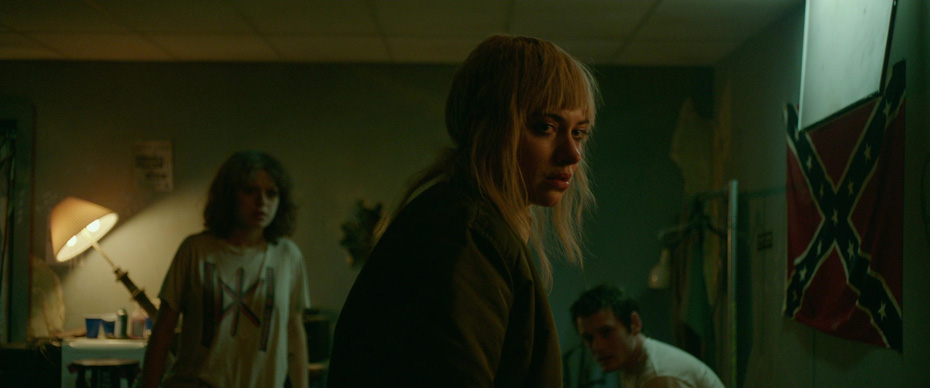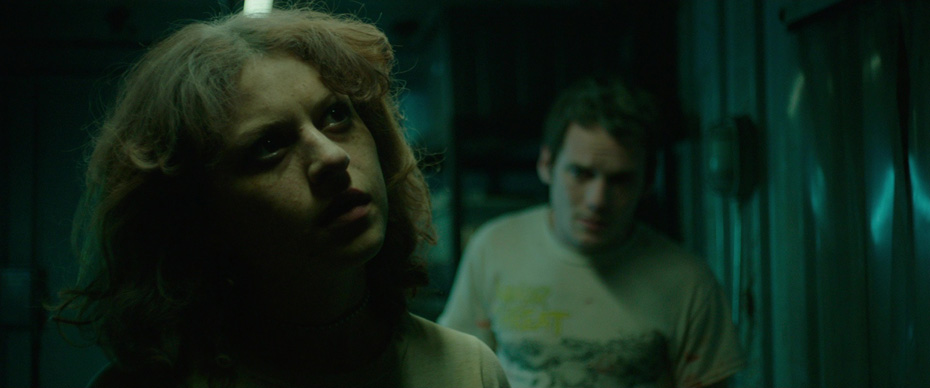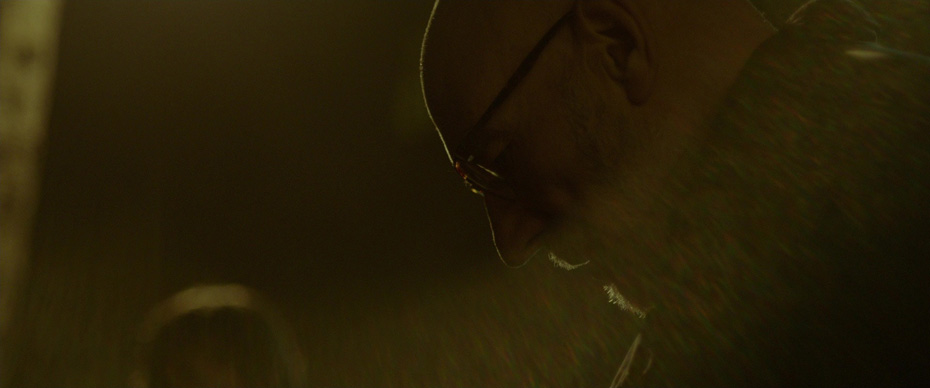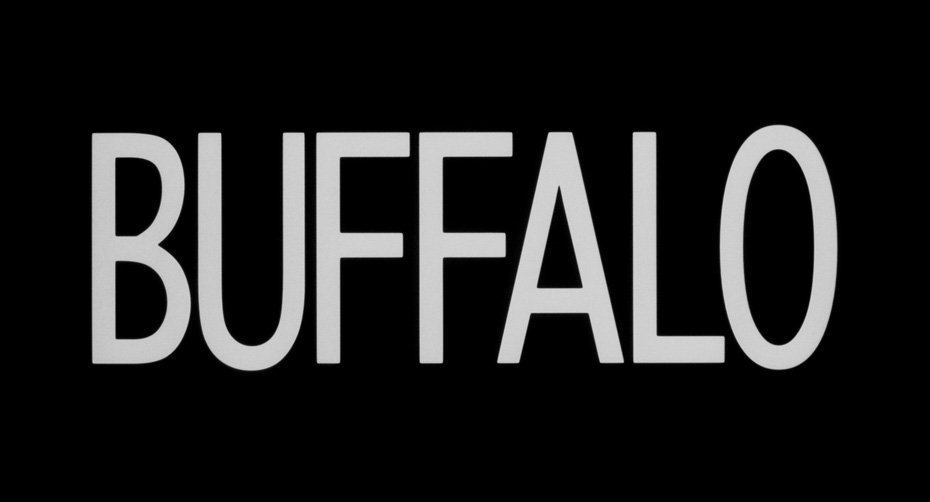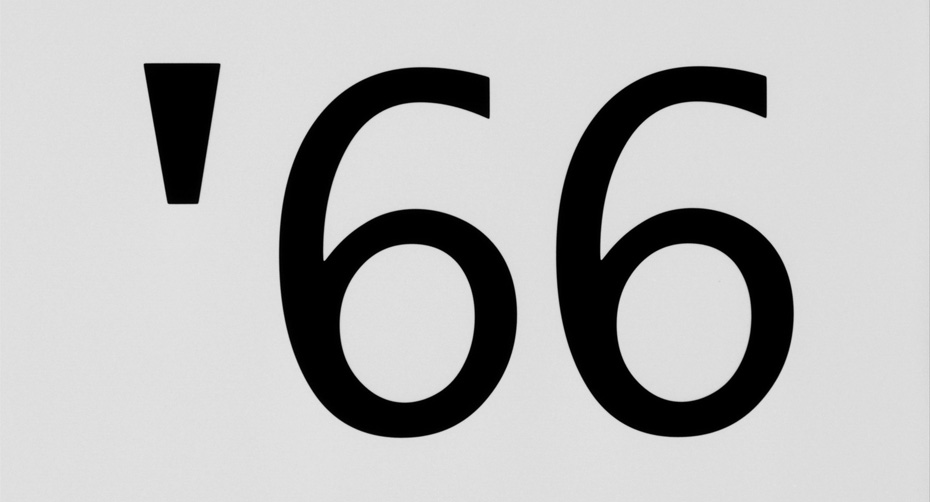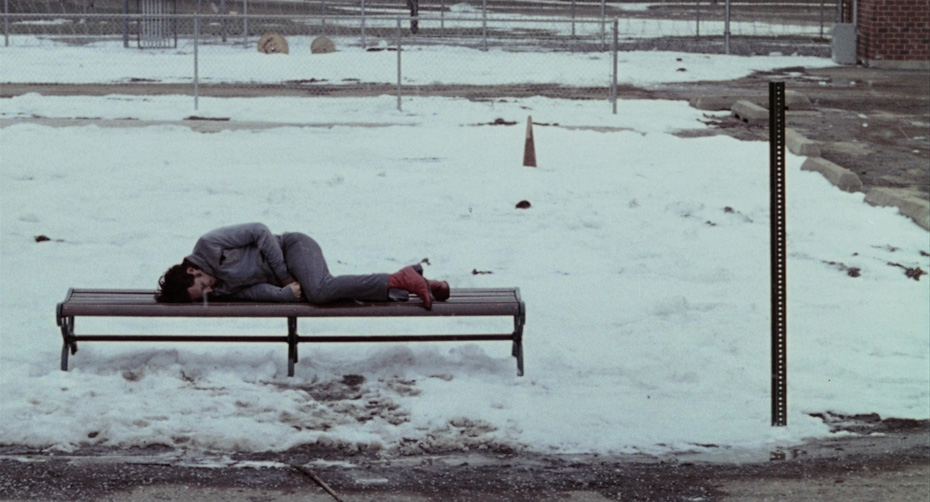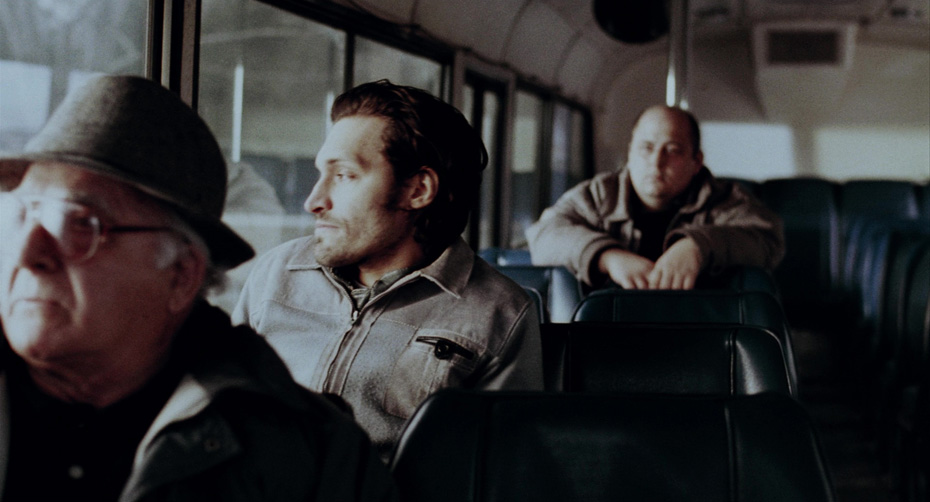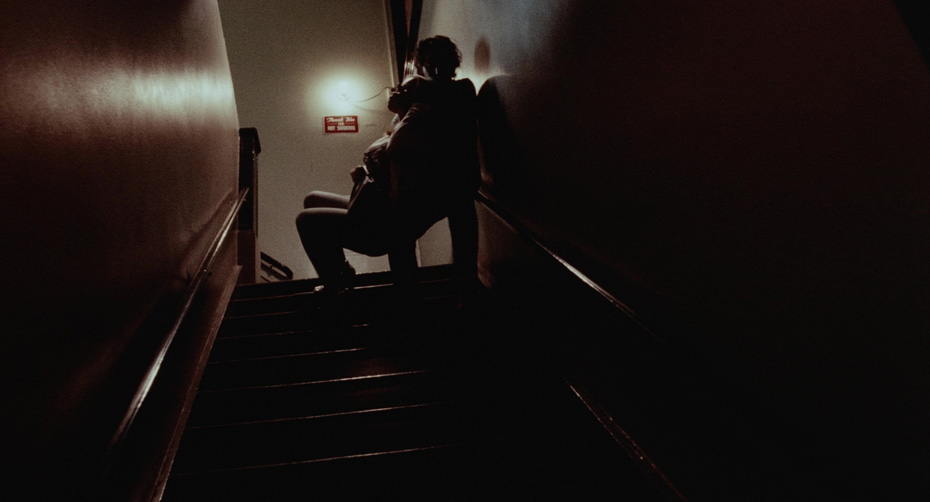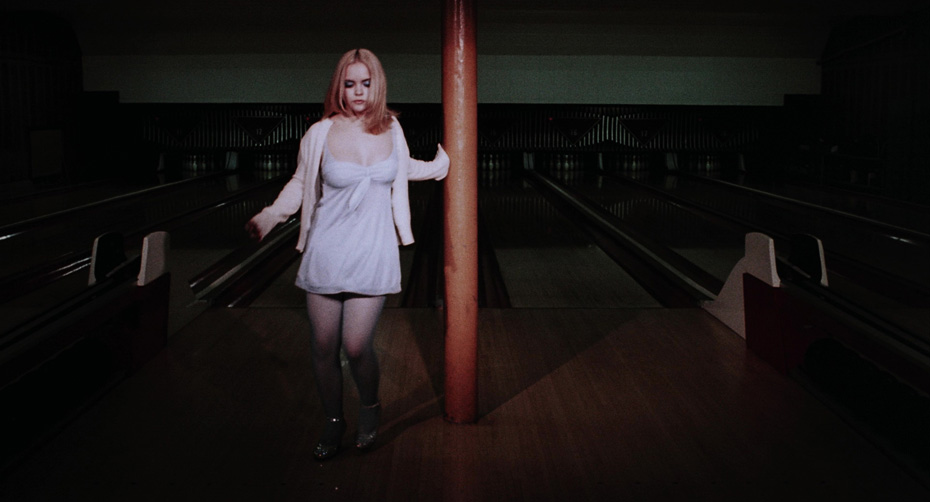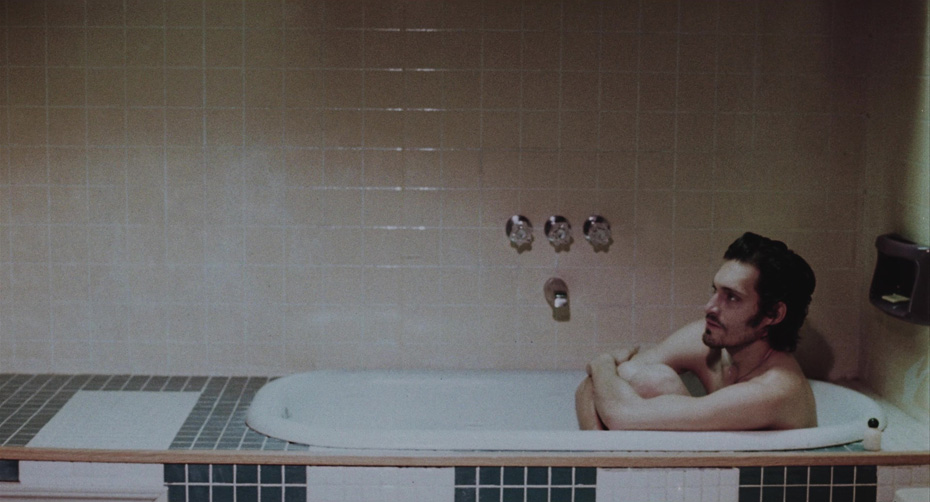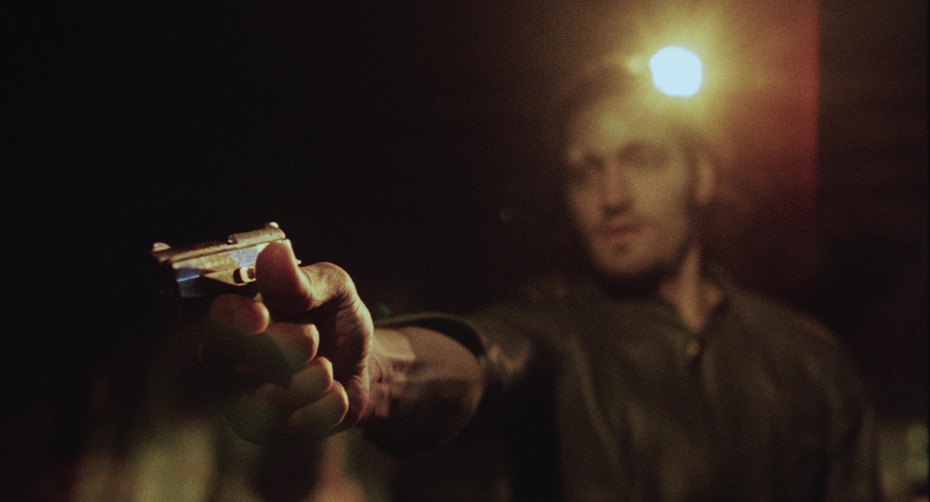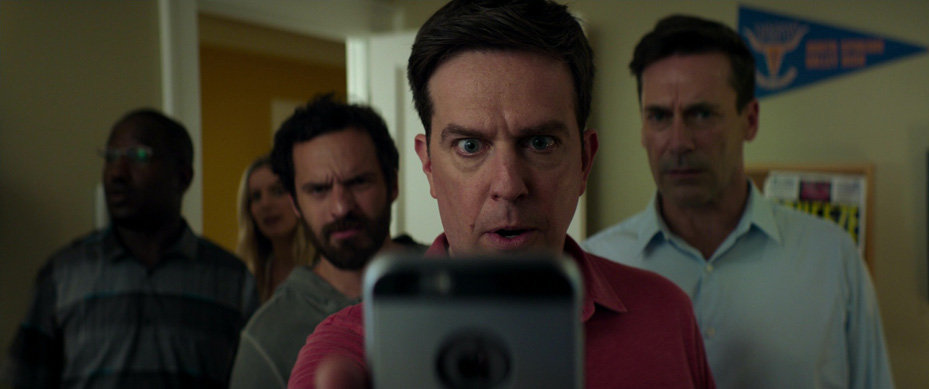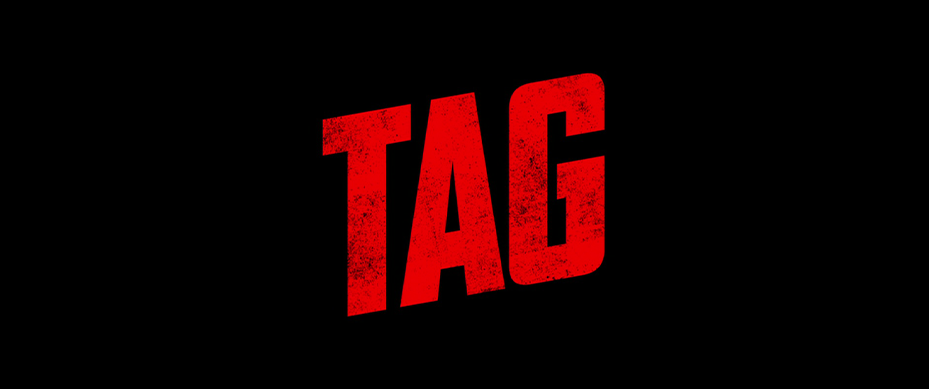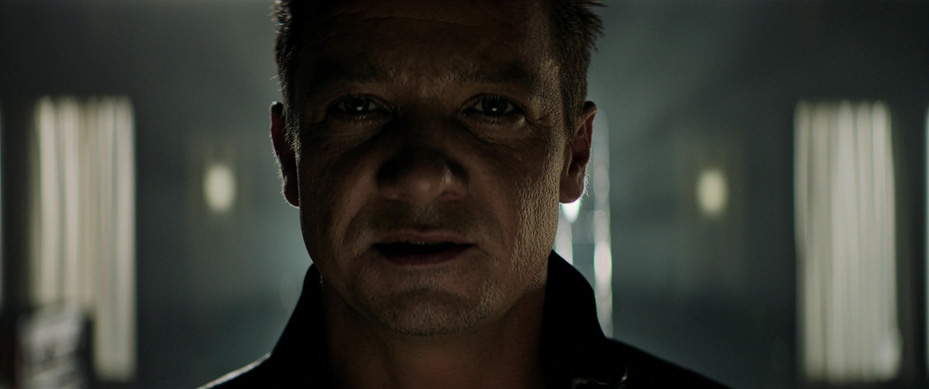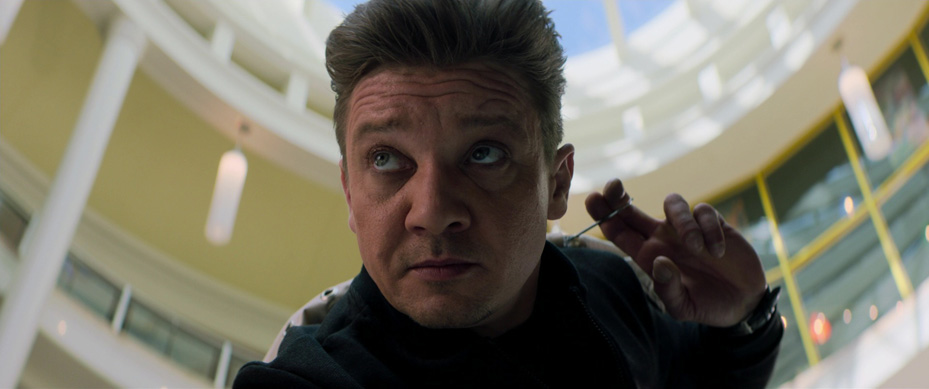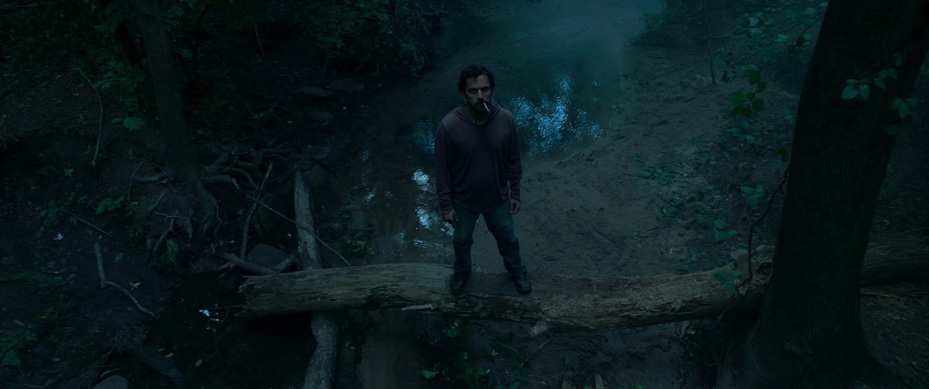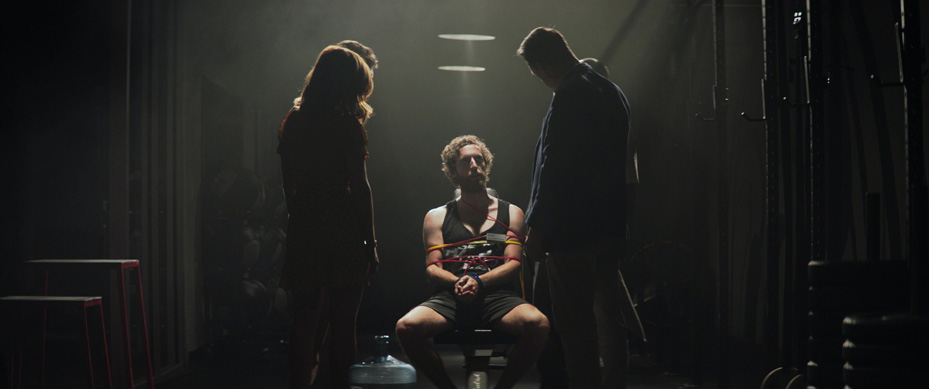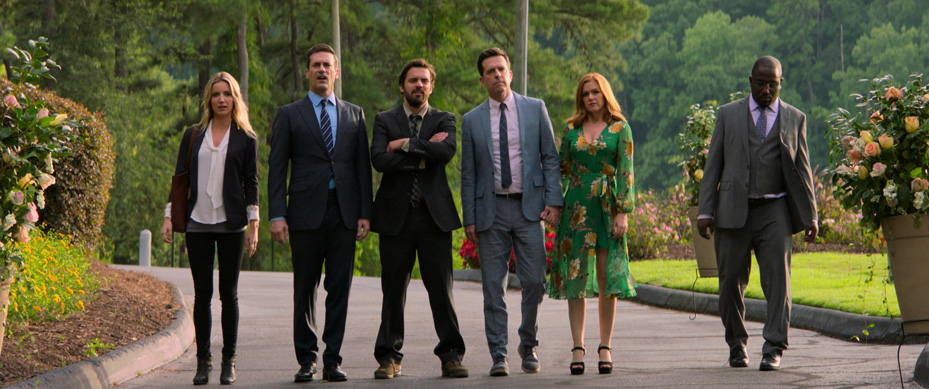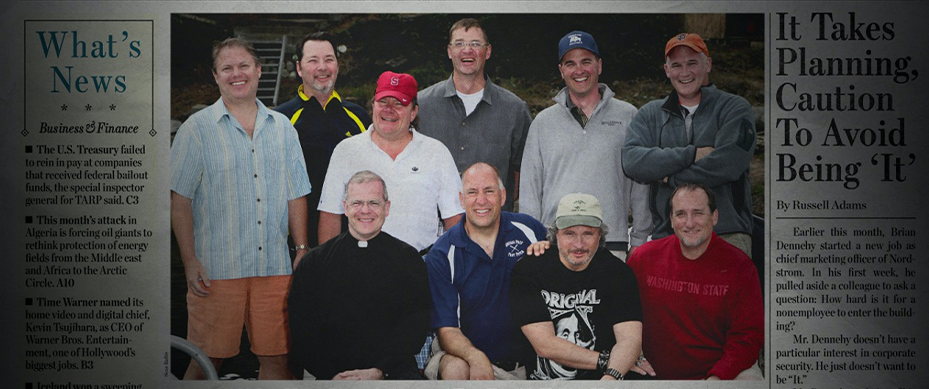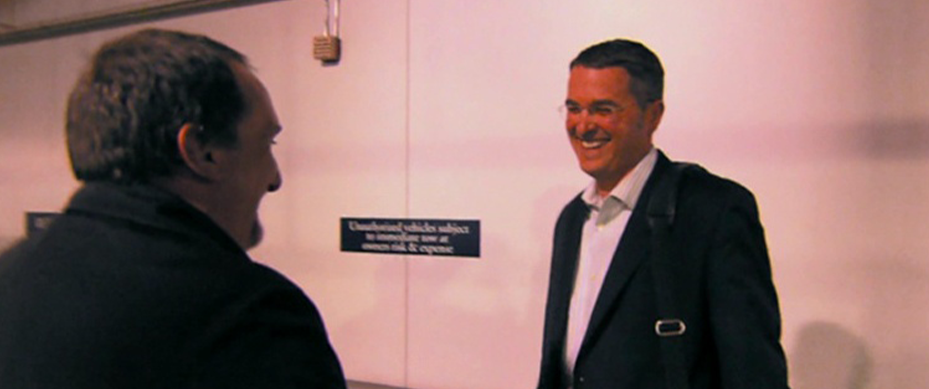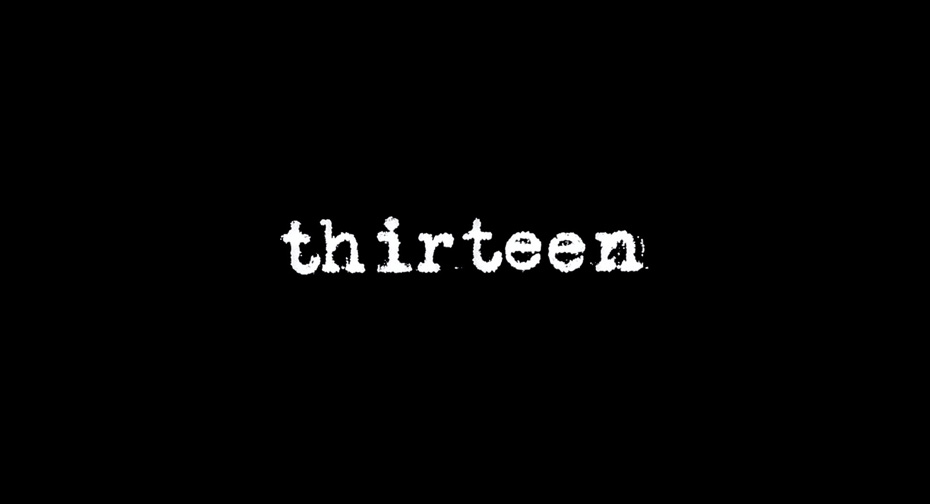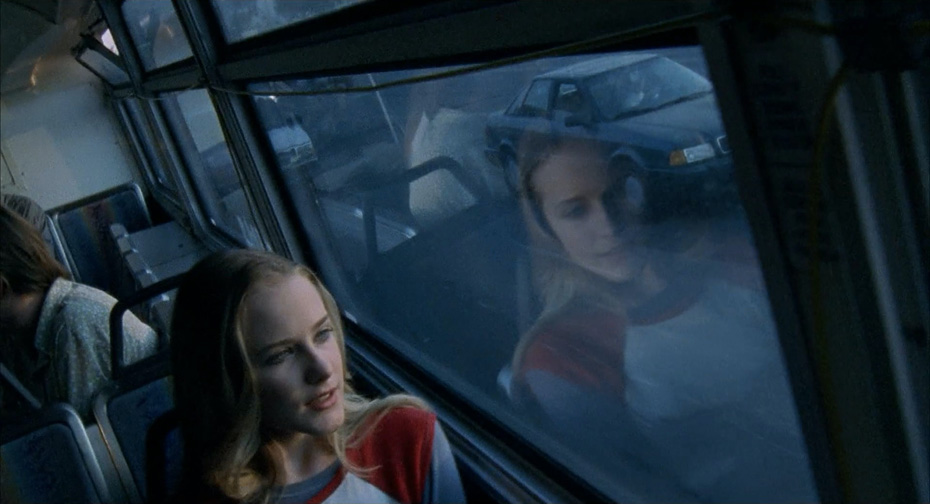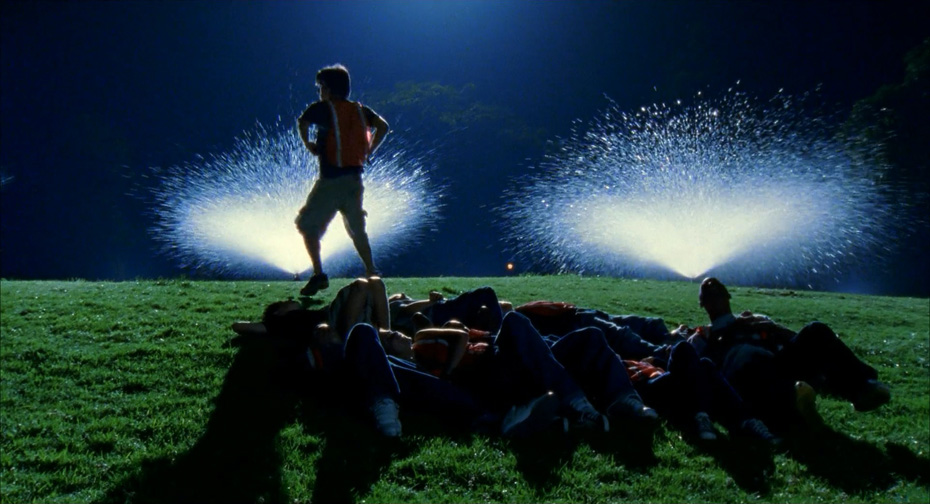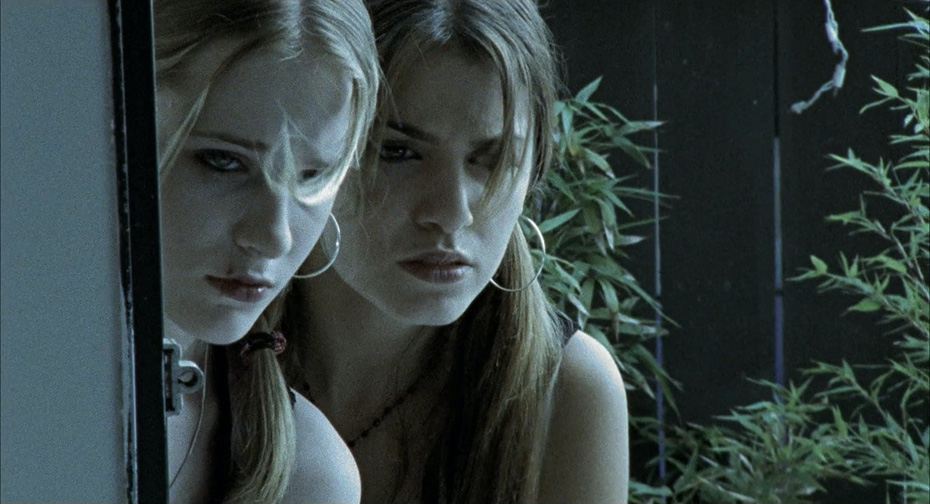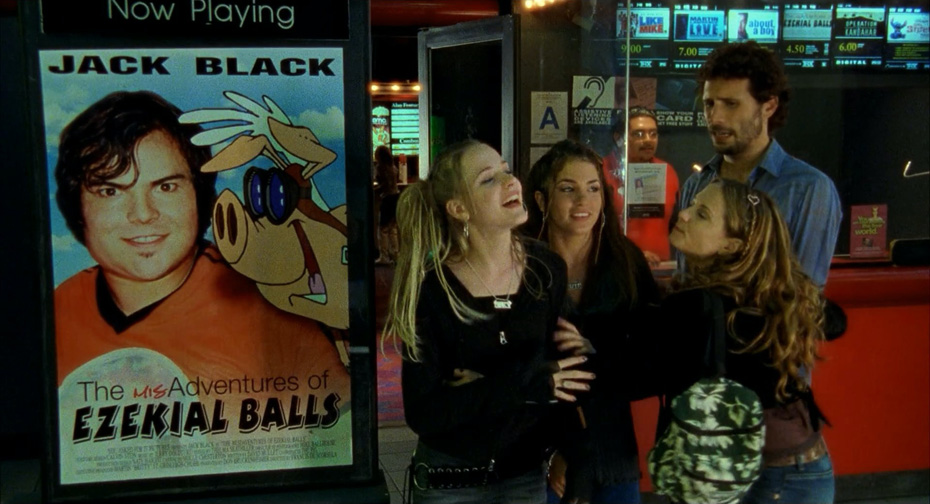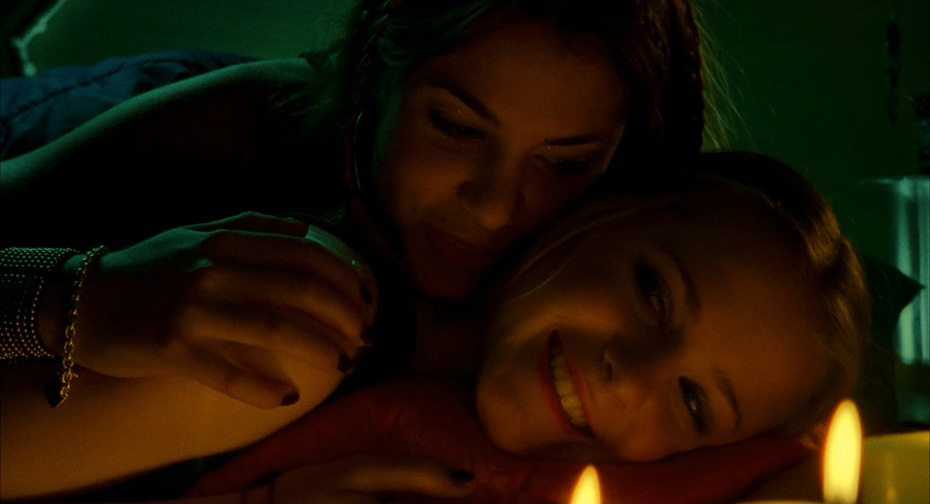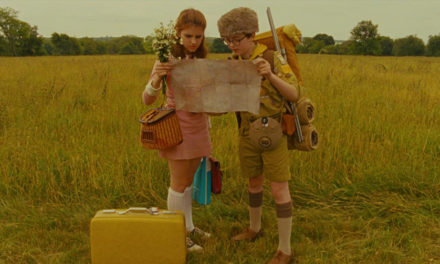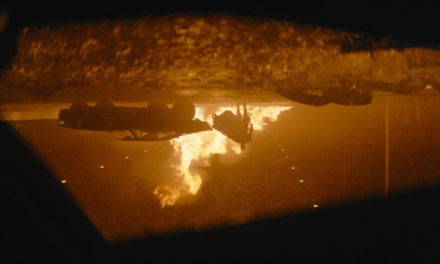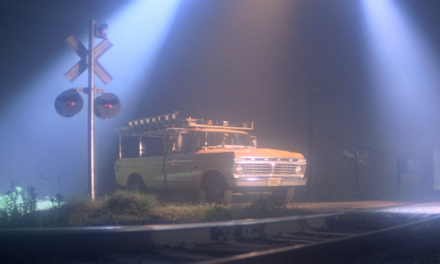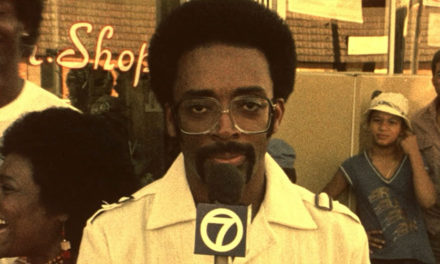THE TUESDAY DROP: 4,300+ New Shots
11.08.22 Get your Decks ready ShotDeck Team! We’re adding the complete first season of Ozark as well as several films including Nope, Drive My Car, and more! Check them out below, and remember you can always request films for future drops by clicking here!
DRIVE MY CAR (2021)
DRIVE MY CAR is a 2021 Japanese drama co-written and directed by Ryusuke Hamaguchi, based on Haruki Murakami’s short story of the same name, from his 2014 collection Men Without Women. The film follows a theater director (Hidetoshi Nishijima), who directs a multilingual production of Anthon Chekhov’s play Uncle Vanya while dealing with the death of his wife. Tōko Miura, Reika Kirishima and Masaki Okada also star. Drive My Car premiered at the Cannes Film Festival, where it was nominated for the Palme d’Or and won the Best Screenplay Award, before going on to win the Academy Award for Best International Feature. Hamaguchi worked on the film with Japanese cinematographer Hidetoshi Shinomiya. Shinomiya and Hamaguchi had met each other at The Film School of Tokyo, and Drive My Car was their first collaboration.
Hamaguchi’s working method was one that involved minimal performance and technical rehearsals, placing a huge emphasis on discovery during the first take and then making adjustments from there. Shinomiya knew he would need a lightweight and reliable camera system, and that he would have minimal grip crew for the largely on-location, car-based photography, and chose the Arri Alexa Mini with Ultra Prime lenses to capture the film. Shinomiya and Hamaguchi used the work of Portuguese cinematographer Eduardo Serra as a foundation for the look they wanted Drive My Car to have, arriving at a base color palette of pale blue, which was then developed to reflecting the changing landscapes of Tokyo, Hiroshima and Hokkaido as the film progressed. Shinomiya and Hamaguchi created a naturalistic lighting scheme using HMIs, LEDs and some Tungsten sources, and an operating style that was unembellished and minimized anything unnecessary between actor and lens. Besides an ND filter, Shinoyima, who operated the shoot himself, only ever used a Tiffen Digital Diffusion filter to soften the image, with no other filters used.
ONCE UPON A TIME IN AMERICA (1984)
ONCE UPON A TIME IN AMERICA is a 1984 epic crime film co-written and directed by Sergio Leone, based on Harry Grey’s novel The Hoods. The film stars Robert De Niro and James Woods as best friends David “Noodles” Aaronson and Maximilian “Max” Bercovicz, who lead a group of youths to prominence as New York City’s foremost Jewish gangsters. Once Upon a Time in America was the first film Leone had directed in 13 years, and the third and final film in his Once Upon a Time trilogy, which included the 1968 film Once Upon a Time in the West and the 1971 film Duck, You Sucker!. It was also the final film he directed before his death. Once Upon a Time in America premiered at the 1984 Cannes Film Festival. Though the film performed poorly at the box office upon its release, it has grown in its reputation to be considered one of the greatest gangster films of its era. Leone worked on the film with Italian cinematographer Tonino Delli Colli. The pair were longtime collaborators who had worked together on films such as The Good, the Bad and the Ugly and Once Upon a Time in the West.
The process for making Once Upon a Time in America was relatively drawn out for Leone and Delli Colli because of the precision with which Leone wanted to capture the film, and in particular for the specificity of the performers he was looking to cast in the film (De Niro played a major role in selecting the cast for the film alongside Leone). The interiors of the film were shot in Rome at the De Paolis Studios, and the exteriors were filmed in New York City – many of them among the city’s Puerto Rican communities. The sets and settings of the film became the primary influence for Delli Colli’s photography, which evolved alongside the evolving eras and settings of the film, from the tough Jewish ghettos of Manhattan’s Lower East Side in the 1920s, the exuberance of 1930s Prohibition, and the dark, gang-dominated streets of postmodernity 1968 New York.
NOPE (2022)
NOPE is a 2022 American sci-fi horror adventure film written, directed and co-produced by Jordan Peele. It is his third feature directorial effort, and stars Keke Palmer and Daniel Kaluuya as siblings working at a Hollywood horse ranch in California, who attempt to capture evidence of a UFO above their ranch. The film also stars Steven Yeun, Michael Wincott and Brandon Perea. Nope premiered at the TCL Chinese Theatre in Los Angeles, and has gone on to gross over $171 million from its $68 million budget. Peele worked on Nope with French VFX supervisor Guillaume Rocheron, from VFX house MPC. Rocheron has also worked on films such as Harry Potter and the Goblet of Fire, Life of Pi, Man of Steel and 1917.
Rocheron and MPC’s VFX work on Nope had four major tasks. The first was the design of Jean Jacket, the UFO, which Peele wanted to have start as a traditional flying saucer and evolve into an ancient terrestrial flying creature. MPC Art Director Leandre Lagrange started designing Jean Jacket, inspired by Japanese origami, to create a creature that could unfold itself into its final squid-inspired form, and the team spent six months designing the mechanics by which that transition could be believable. The second area of VFX work was the sky and clouds – a crucial element by which Peele felt that they could control the reveal of Jean Jacket. Like Jaws or Alien, he wanted to ensure that the reveal of the monster came late and was gratifying, but it posed a challenge for MPC on how to control that within the frame. The solution they came up with was to make the skies of Nope entirely CGI, designing cloud locations in each frame and building the sky digitally to ensure consistency. The third challenge was the night scenes, which were all shot day-for-night, in order to have more information in the final frame. MPC and cinematographer Hoyte van Hoytema designed a camera rig that had an infrared camera alongside the IMAX camera. The MPC team combined some of the color information from the IMAX image with the high-contrast infra-red image (which felt more like the contrast levels of images shot at night) to build the final frame. Finally, the MPC team worked closely with the production design team (led by Ruth de Jong) to create a realistic environment for the chimpanzee Gordy, performed by Terry Notary. De Jong built a set that was 30% bigger than normal in order for everything to be to scale for Notary, who was then converted to the chimpanzee digitally.
COME AND SEE (1985)
COME AND SEE is a 1985 anti-war film co-written and directed by Elem Klimov and starring Aleksei Kravchenko and Olga Mironova, based on the 1978 book I Am From the Fiery Village, which was co-written by the screenplay’s other co-writer Ales Adamovich. The film follows a teenager named Florya (Kravchenko) who flees to the forest to join the weary resistance fighters opposing the Nazis who invaded a village in Belarus, against his family’s wishes. There, Florya meets a girl, Glasha (Mironova), who accompanies him back to his village, where he finds that his family has been murdered. Come and See received the FIPRESCI prize at the Moscow International Film Festival, and is now considered one of the most powerful anti-war movies ever made. Klimov worked on the film with Russian cinematographer Aleksei Rodionov.
Come and See spent 8 years unable to start filming because of restrictions from the State Committee for Cinematography in Russia, and Klimov waited until 1984 to begin filming without any censorship restrictions. The film was shot for nine months in chronological order, with the cast and crew subject to often brutal filming conditions over the course of production. Klimov and Rodionov wanted to create as much immediacy as they could in the film, mixing realism, hyperrealism and surrealism into the visual language of the film. Rodionov shot with a naturalistic color palette, using widescreen and lots of Steadicam shots to push the film’s language outside of naturalism, but also being willing to show the most graphic details of war, even in extreme close-ups. Extreme close-ups of actors staring into the camera became a recurring motif of the film, and one of its most memorable legacies.
KAJILLIONAIRE (2020)
KAJILLIONAIRE is a 2020 American crime comedy-drama written and directed by Miranda July, starring Evan Rachel Wood, Debra Winger and Richard Jenkins as a daughter and parents who together swindle others as petty criminals. During a hastily conceived heist, they charm a stranger (Gina Rodriguez) into joining them, which inadvertently turns their world upside down. Kajillionaire premiered at the Sundance Film Festival, and went on to play at the Cannes Film Festival. July worked on the film with American production designer Sam Lisenco, who is also known for his work on films such as Judas and the Black Messiah, Uncut Gems, Eighth Grade, and Frances Ha.
Lisenco and July started their collaboration by mapping the entire film out on a giant wall, based on the location where each scene took place. They used this to map out Los Angeles as a character alongside the characters, and identify what each moment of the film aesthetically needed. Some of the elements of the color palette of the film and the production design came organically out of Lisenco’s location scouting with location manager Dave Conway, where, for example, they found a blue library that could substitute as the USPS office. Lisenco’s work on Old Dolio’s bedroom came from the perspective of creating a character who was failing to mature through the contents and visual style of their personal space.
ME AND YOU AND EVERYONE WE KNOW is a 2005 American romantic comedy-drama written, directed by and starring Miranda July, in her feature film debut. The film follows a lonely shoe salesman and an eccentric performance artist who struggle to connect. Me and You and Everyone We Know premiered at the Sundance Film Festival, before playing at the 2005 Cannes Film Festival, where it was awarded the Caméra d’Or. It is recognised today by many as a landmark independent film of its decade. July worked on the film with Mexican cinematographer Chuy Chávez. Chávez is also known for his work on films such as Cedar Rapids and Youth in Revolt.
Chávez and July chose to shoot Me and You and Everyone We Know digitally, a relatively nascent technology at the time that pushed the look of the movie into new territory. Chávez chose a Sony HDW_F900 CineAlta high definition camera. The camera was the first model in Sony’s CineAlta range, and would eventually develop into the Sony Venice camera. While Me and You and Everyone We Know was filmed with a largely naturalistic lighting design, July and Chávez were eager to push its potential alongside production designer Aran Reo Mann, with bright pop colors defining the visual palette and identity of the film throughout.
OZARK: SEASON ONE (2017)
OZARK is an American crime drama television series created by Bill Dubuque and Mark Williams, directed, executive produced by and starring Jason Bateman. The series, which airs on Netflix, follows Marty Byrde (Bateman), a financial planner who relocates his family from Chicago to a summer resort community in the Ozarks. Marty and his wife Wendy (Laura Linney) become money launderers as Marty attempts to pay off a debt to a drug lord in order to keep his family safe. Julia Garner, Sofia Hublitz, Jordana Spiro, and Esai Morales also star. Season 1 of Ozark premiered on Netflix and was nominated for two Primetime Emmy Awards. Dubuque, Williams and Bateman worked on season 1 with American cinematographer Ben Kutchins, who had previously worked on projects such as The Dangerous Book for Boys and Crown Heights.
Kutchins worked closely with Bateman and the cinematographer of episodes 1 and 2, Pepe Avila del Pino, to develop the look for the season together, rather than coming in cold and being asked to replicate the look of the first episodes. The trio worked with Dubuque and Williams to narrow down their visual references, and felt that David Michôd’s 2010 Australian gangster film Animal Kingdom served as their strongest reference point, alongside some of the films directed by David Fincher. They were all interested in a visual language with as little coverage as possible, as well as capturing the series in low light. Given Netflix’s mandate that they shoot in 4K digital, the team arrived at the Panasonic VariCam as their camera of choice, give both its filmic qualities, as well as its strength in low light. Kutchins used the Cooke S4 primes as well as vintage Zeiss Super Speeds, due to their performance when they were wide open – the filmmaking team liked having very soft, out-of-focus backgrounds at all times for the way that they added to the mystery and sense of danger to every shot. Kutchins’s lighting strategy was to start with one big source doing most of the work for every scene, and then use small sources for fill or eyelight where needed.
GREEN ROOM (2015)
GREEN ROOM is a 2015 American horror-thriller written and directed by Jeremy Saulnier. The film stars Anton Yelchin, Joe Cole, Imogen Poots, Alia Shawkat, and Patrick Stewart, and follows a punk band who are attacked by neo-Nazi skinheads after witnessing a murder they commit at a secluded club. Green Room premiered at the 2015 Cannes Film Festival, before playing at the Toronto International Film Festival. Though the film was not a major financial success upon its release, it was widely lauded as one of the best films of the year on many year-end lists. Saulnier worked on the film with American cinematographer Sean Porter.
After extensive camera tests, Porter opted to shoot Green Room using the Alexa Classic over the Red, owing to the Alexa’s greater latitude with exposure. Porter used a set of rehoused Cooke S2 and S3 lenses in order to minimize the digital clarity of the Alexa’s sensor, and then rated the camera at 1600 ISO, given how dark some of the scenes were. Given that so much of the film took place in one location, production designer Ryan Warren Smith built the entire venue in a large warehouse, with a clearly established rule between him, Porter and Saulnier that they would not use fly-away walls to give the camera the ability to be anywhere that it wouldn’t have been able to go if they had shot in a real location. The single-location nature of the film posed a lighting challenge for Porter to create visual momentum and interest in the story, and he and Saulnier worked together to have story elements have an implication on the look of the film from a lighting perspective. Porter’s lighting strategy involved often standing on the actor’s marks, as a way of understanding their experience within the scene, rather than just lighting for what gave the most pleasing image in the frame, thereby marrying his technical choices with the storytelling needs of any given scene.
BUFFALO ’66 (1998)
BUFFALO ‘66 is a 1998 American crime comedy-drama film written, directed by and starring Vincent Gallo. The film follows Billy Brown (Gallo), a man who, after being released from prison, kidnaps a young tap dancer named Layla (Christina Ricci) and forces her to pretend she is his wife in order to impress his parents (Ben Gazzara and Anjelica Huston). The movie was filmed in and around Gallo’s hometown of Buffalo, New York. Buffalo ’66 premiered at the Sundance Film Festival, and has become a cult hit in the years since its release, and one of the most celebrated independent American films of the 1990s. Gallo worked on the film with American cinematographer Lance Acord, who went on to shoot films such as Being John Malkovich, Adaptation., Lost in Translation and Where the Wild Things Are.
Acord shot Buffalo ‘66 on 35mm 5239 film, rated at 160 ASA daylight and normally processed, instead of being cross-processed into a negative. That stock was the only Ektachrome stock other than the 5285 E6 stock which was sold in 35mm. Acord and Gallo chose to optically print the film to an internegative, which was then flashed to reduce the overall contrast in the final image. The look was designed by Gallo and Acord to give the film a classic look that recalled NFL film reels from the 1960s, an essential component of the film’s visual storytelling.
TAG (2018)
TAG is a 2018 American comedy film directed by Jeff Tomsic in his feature directorial debut from a script by Rob McKittrick and Mark Stellen. The film is based on a true story published in The Wall Street Journal about a group of grown men from Spokane, Washington, who have been playing an elaborate game of tag for one month a year since their childhood. The men are played by Ed Helms, Jake Johnson, Hannibal Buress, Jon Hamm and Jeremy Renner. Annabelle Wallis, Isla Fisher, Rashida Jones and Leslie Bibb also star. Tag grossed over $78 million from its $28 million budget. Tomsic worked on the film with American cinematographer Larry Blanford, who has also served as the cinematographer on projects such as Almost Christmas, Ride Along and Fantastic Four: Rise of the Silver Surfer.
Tag was filmed primarily in Atlanta, Georgia. Tomsic and Blanford wanted to add a sense of scale and sheen to this story in order for the film’s visual language to be able to both have big physical comedy laughs and set pieces, while also maintaining its heart following the relationships between these men as they grow older. Blanford chose to shoot the film on the Arri Alexa Mini, using Cooke Anamorphic lenses to add a sense of scale to the film and push it into a 2.35:1 aspect ratio.
THIRTEEN (2003)
THIRTEEN is an American teen drama co-written and directed by Catherine Hardwicke, and co-written by Nikki Reed. The film stars Holly Hunter, Evan Rachel Wood and Reed herself, and is loosely based on Reed’s life from the ages of 12 to 13. The film follows Tracy (Wood), a seventh grader in Los Angeles who begins dabbling with substances, sex and crime after befriending a troubled classmate. Brady Corbet, Deborah Kara Unger and Vanessa Hudgens (in her feature film debut) also star. Thirteen premiered at the 2003 Sundance Film Festival and grossed over $10 million from its $2 million budget, eventually being nominated in the Best Supporting Actress (Hunter) category at the Academy Awards. Hardwicke worked on the film with Elliot Davis, an American cinematographer whose credits include Twilight and The Birth of a Nation.
Thirteen was shot on low-cost super 16mm film over a 24 day production period. Hardwicke and Davis wanted to have a docu-drama, cinema verite approach to filming, but also heighten the visuals of the film through its color language to create a sense both that this world was very real, as well as capture the feelings and emotions of Tracy in the visual language. Davis transferred the 16mm stock to a digital domain so that colors and saturation could be manipulated. The color journey of the film started slightly desaturated, in the scenes before Tracy becomes friends with Evie, and then more saturated as their friendship grows. After Evie and Tracy make out with Luke, the saturation gradually drops until the end of the film, when Tracy’s hope is lost.

